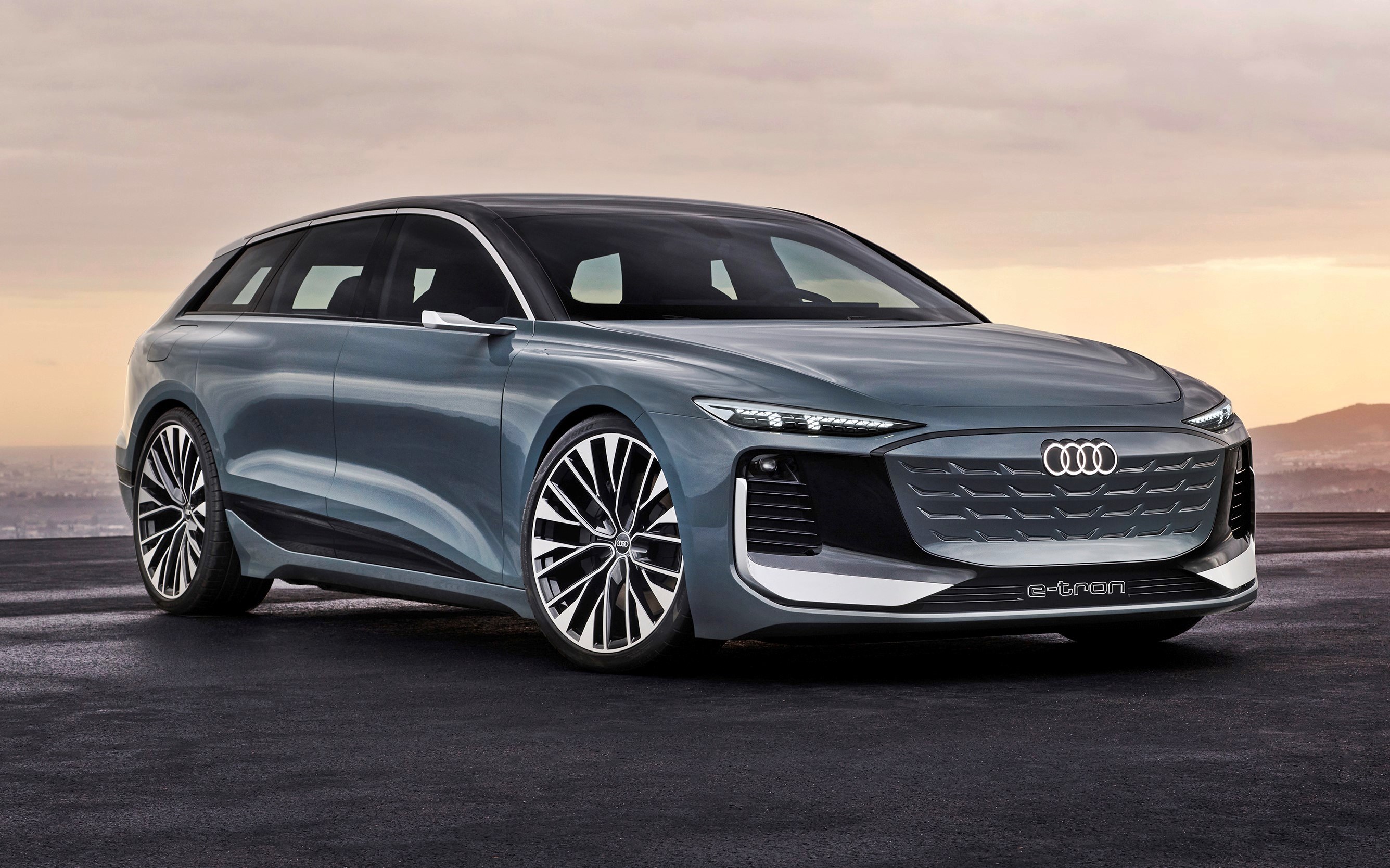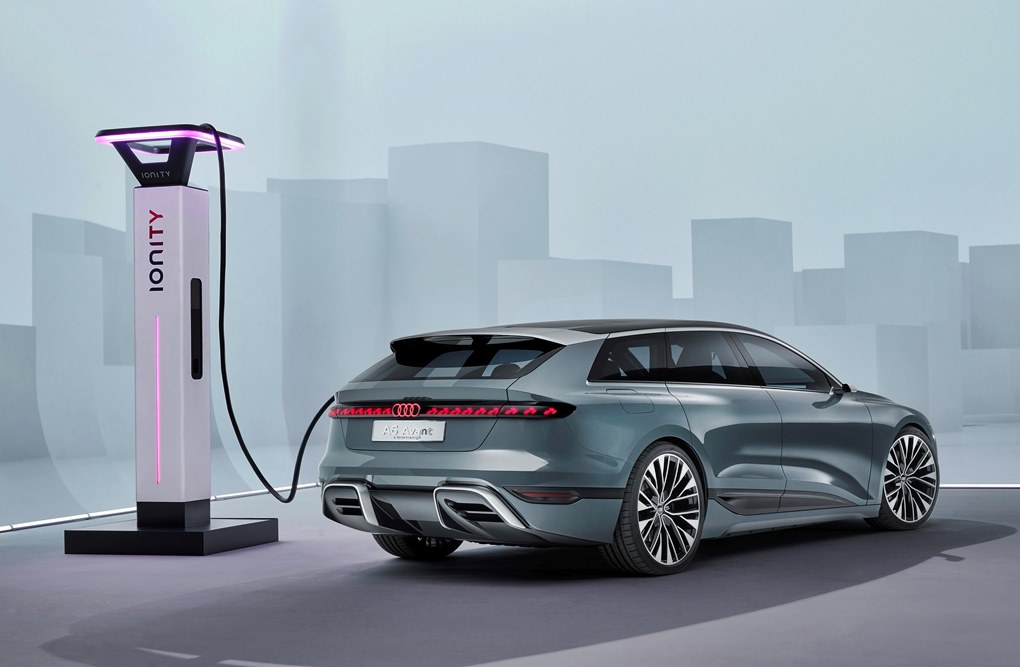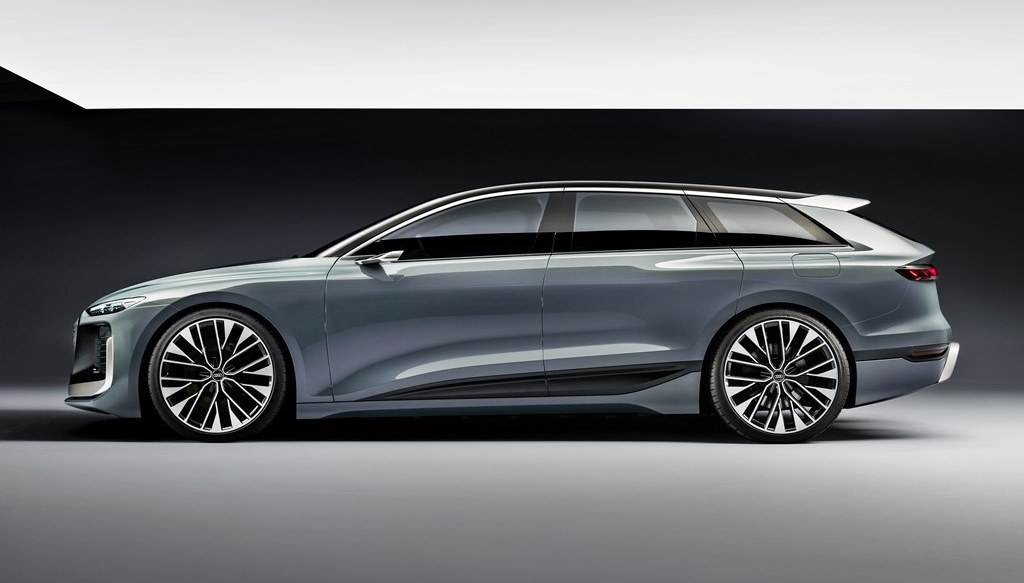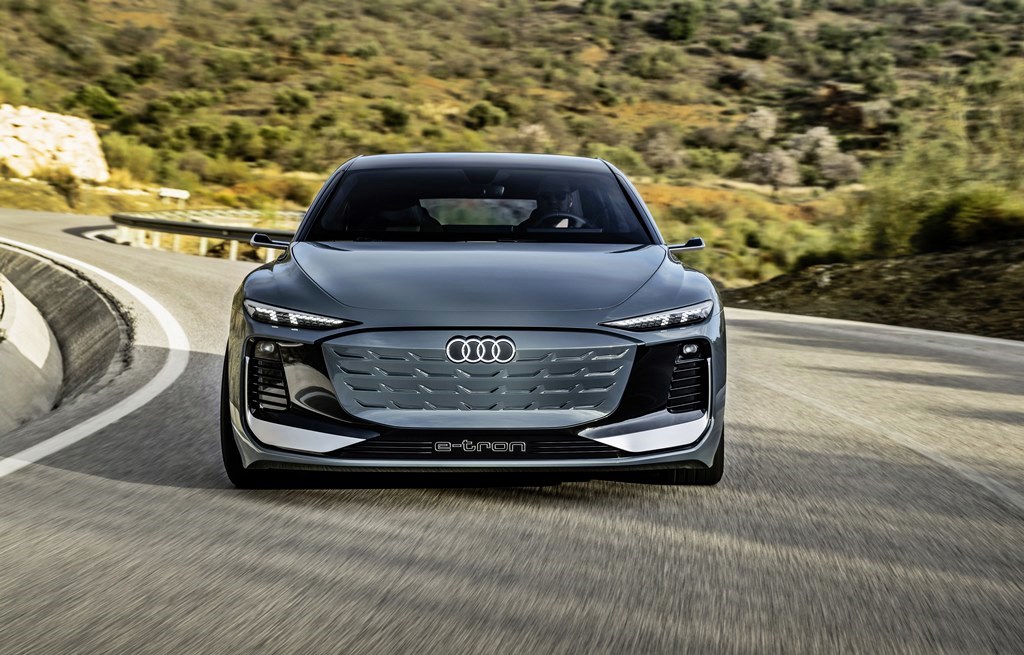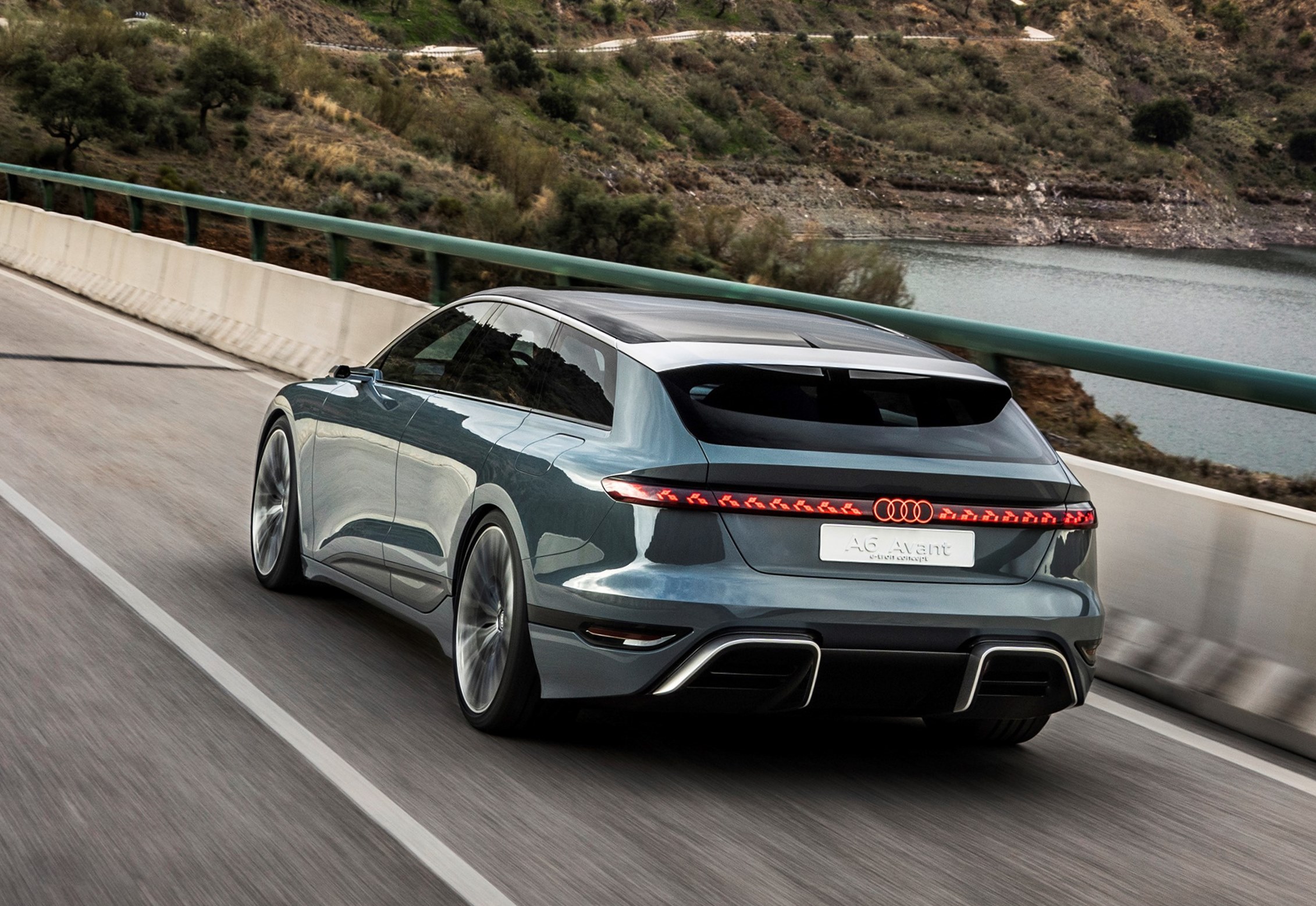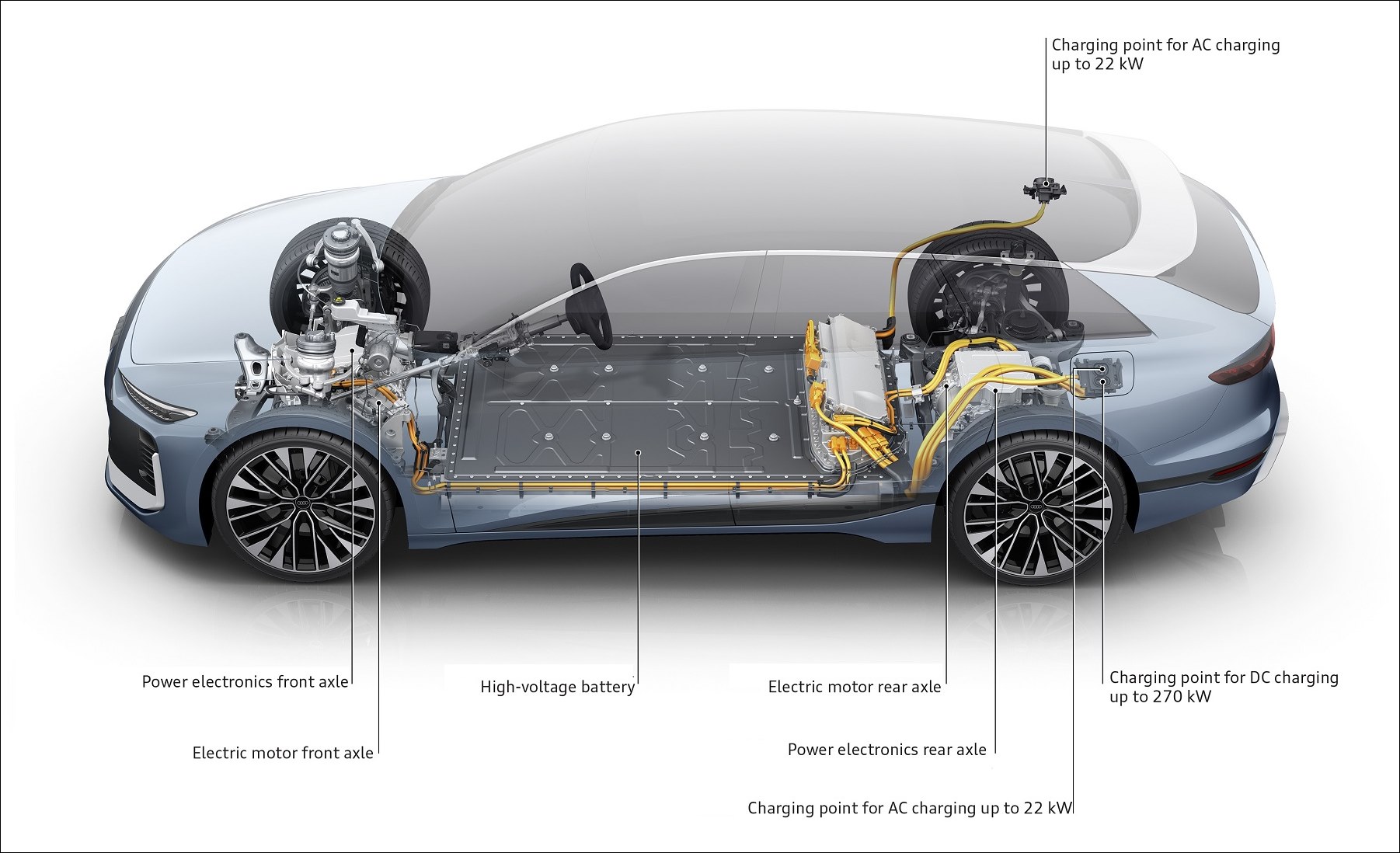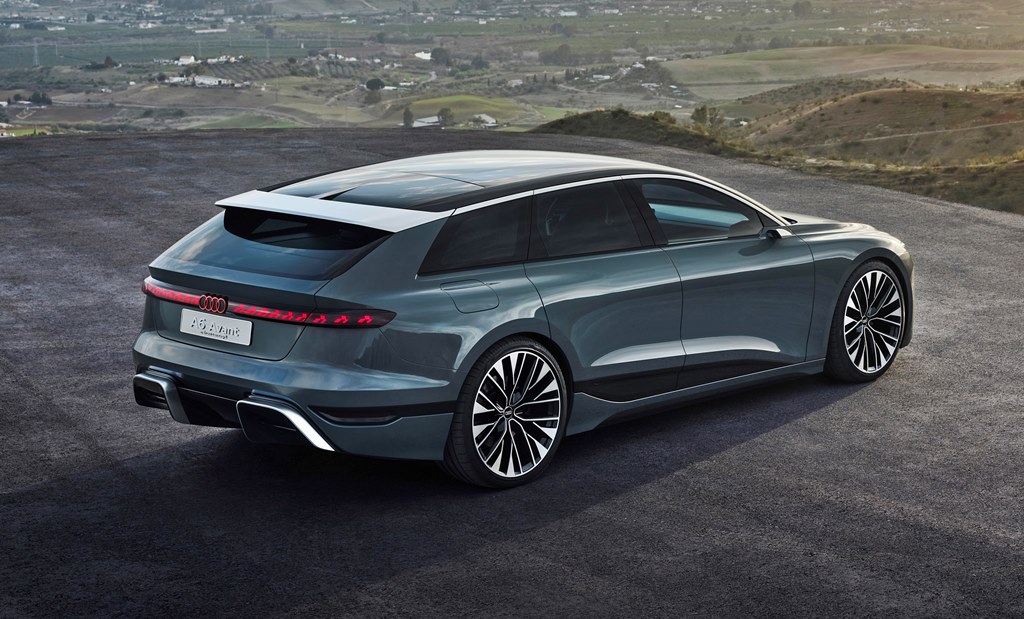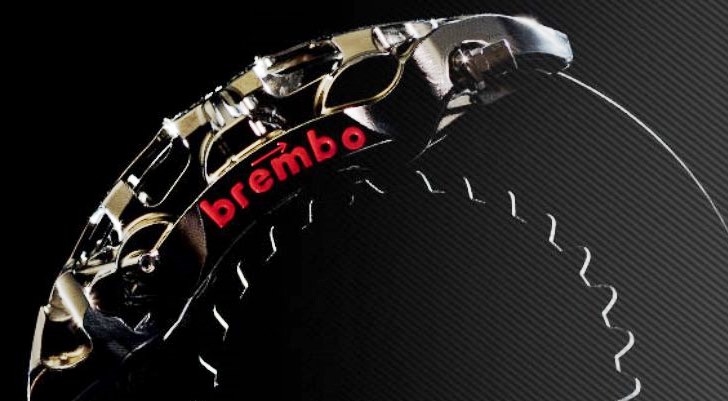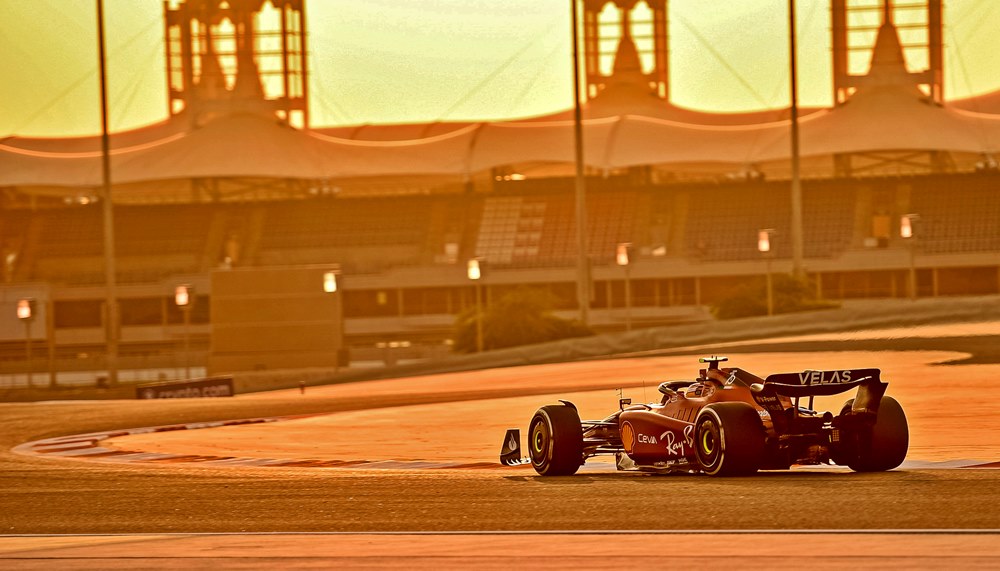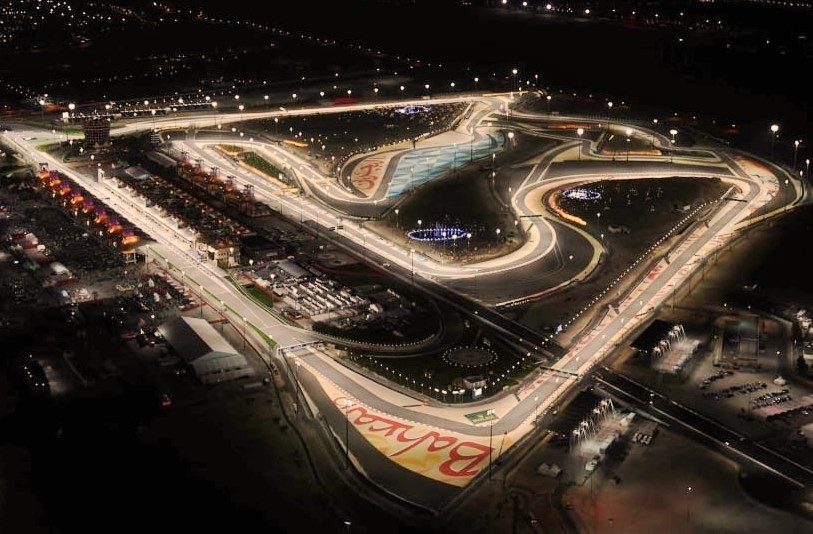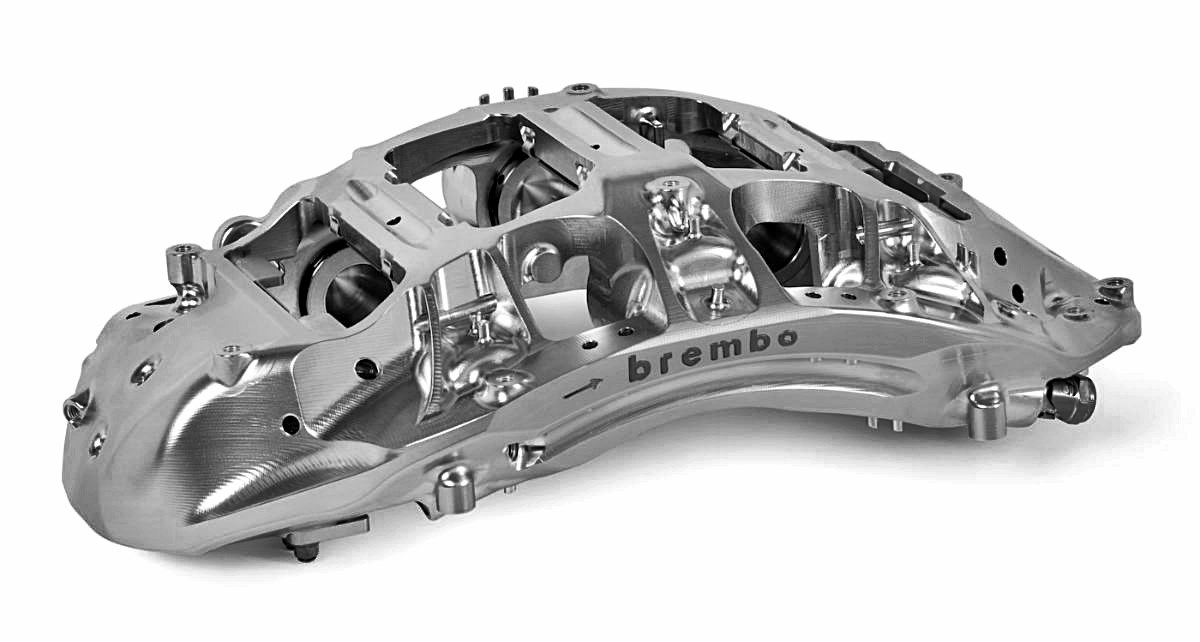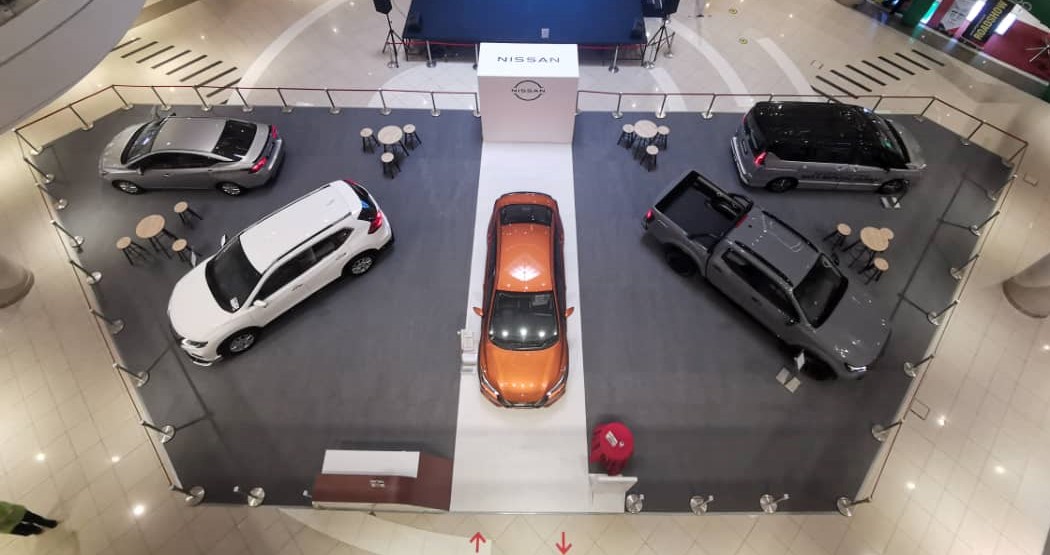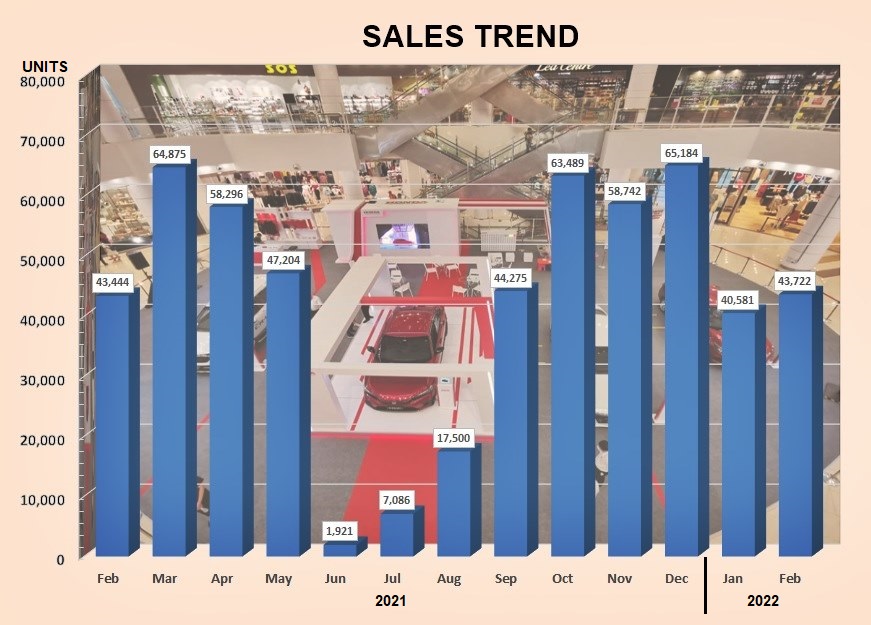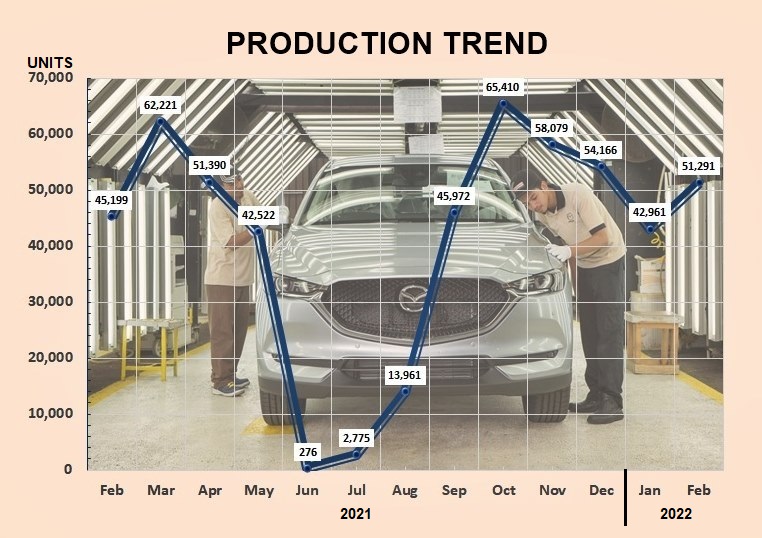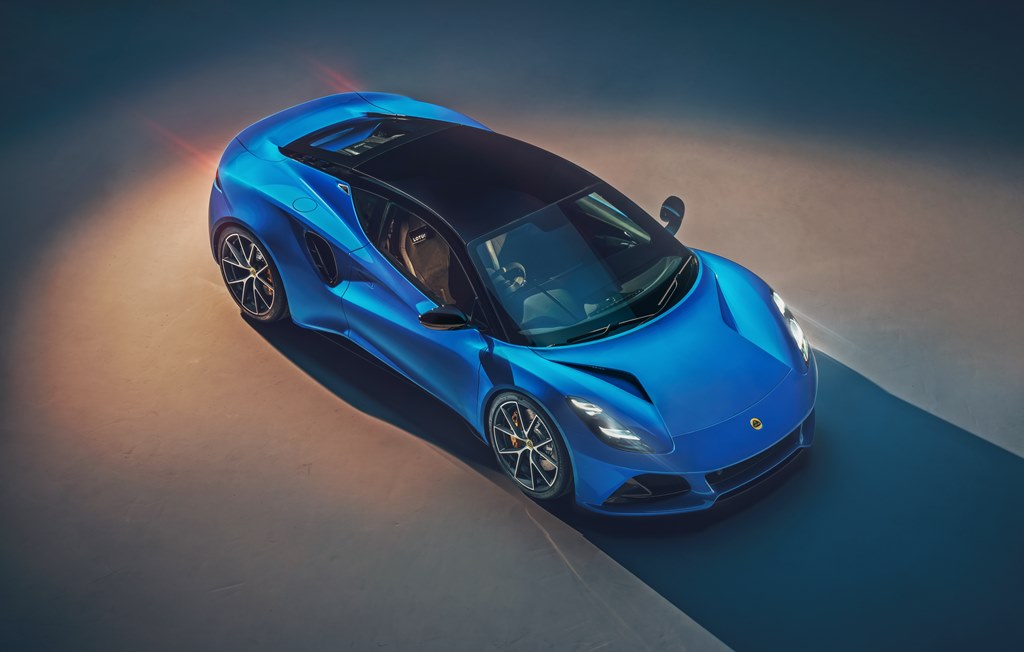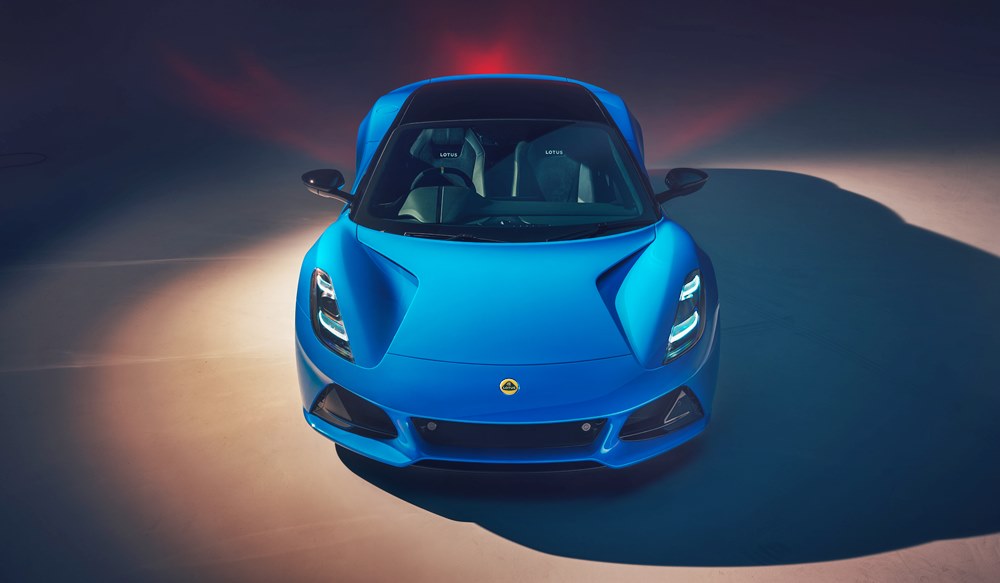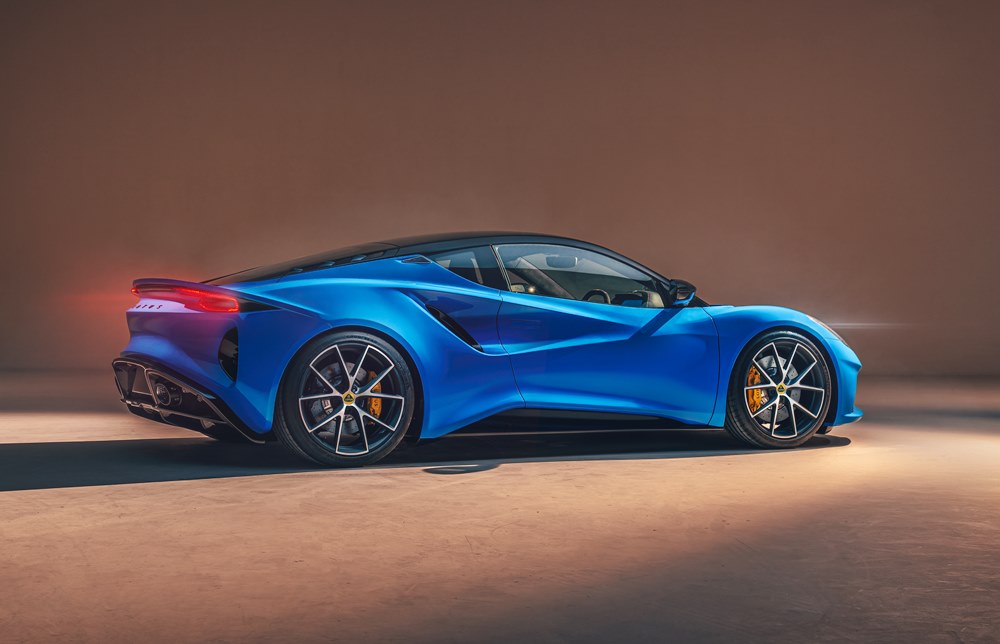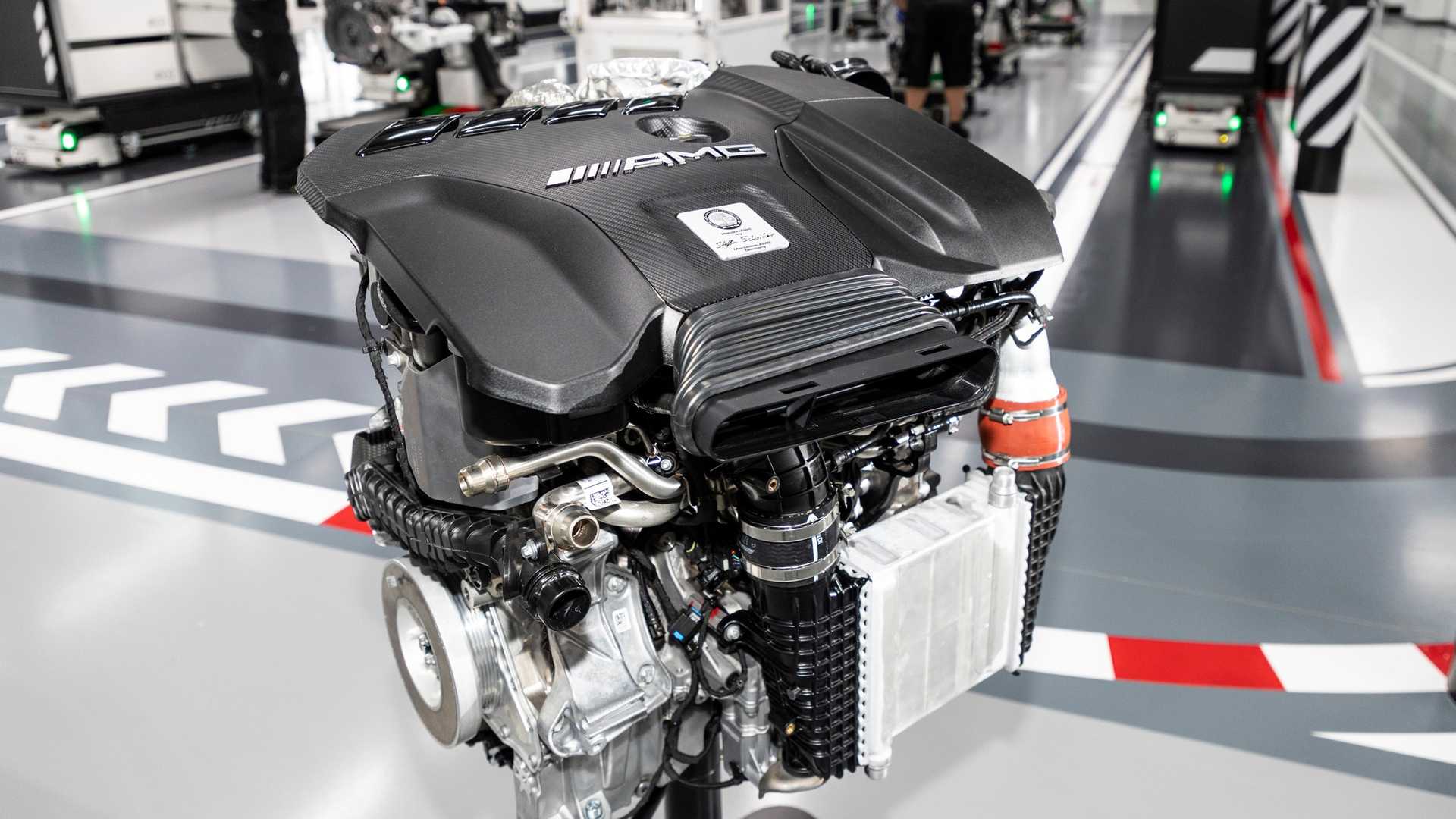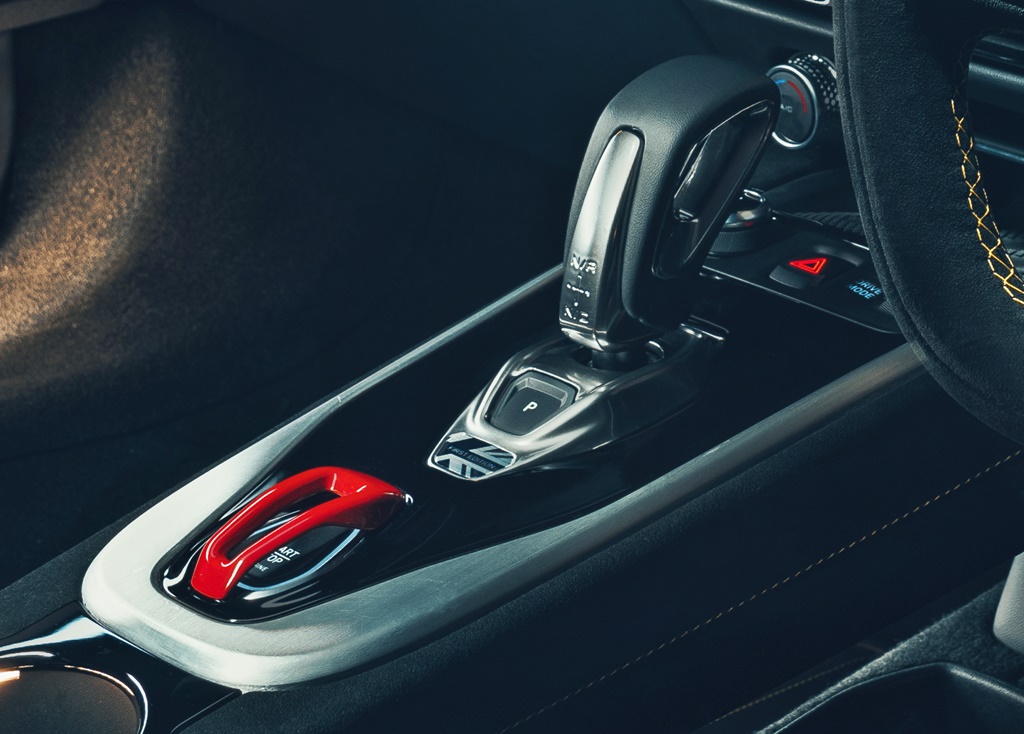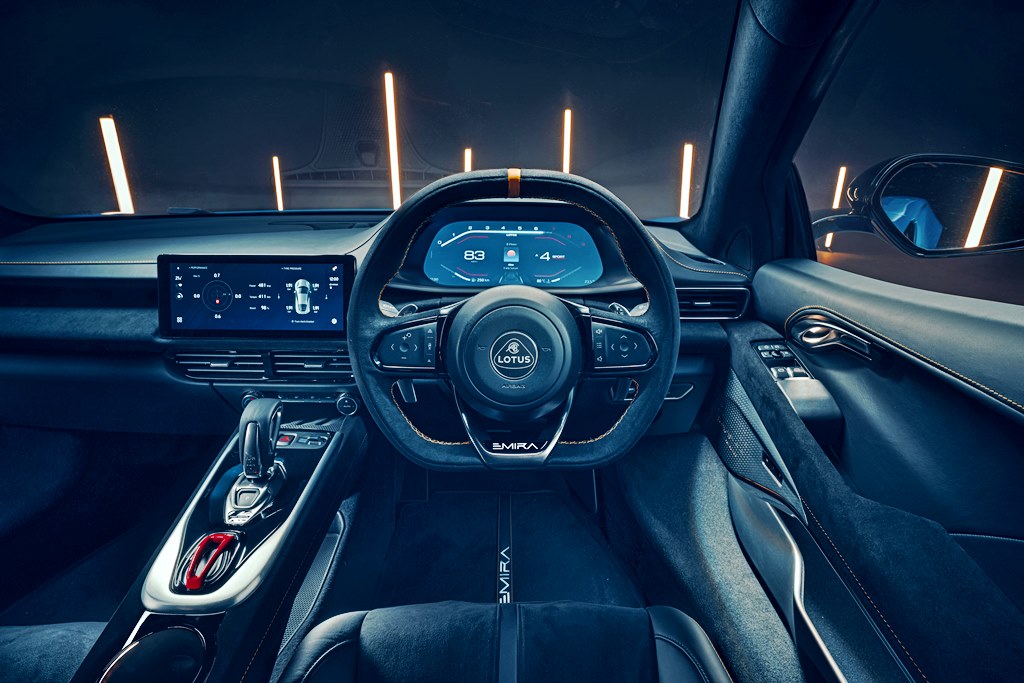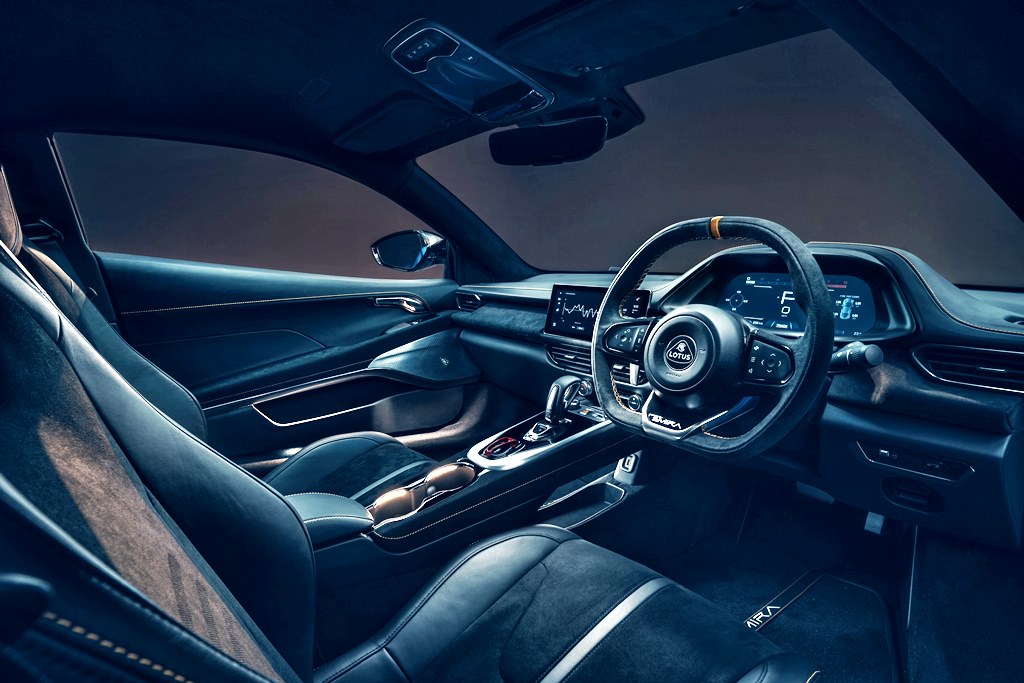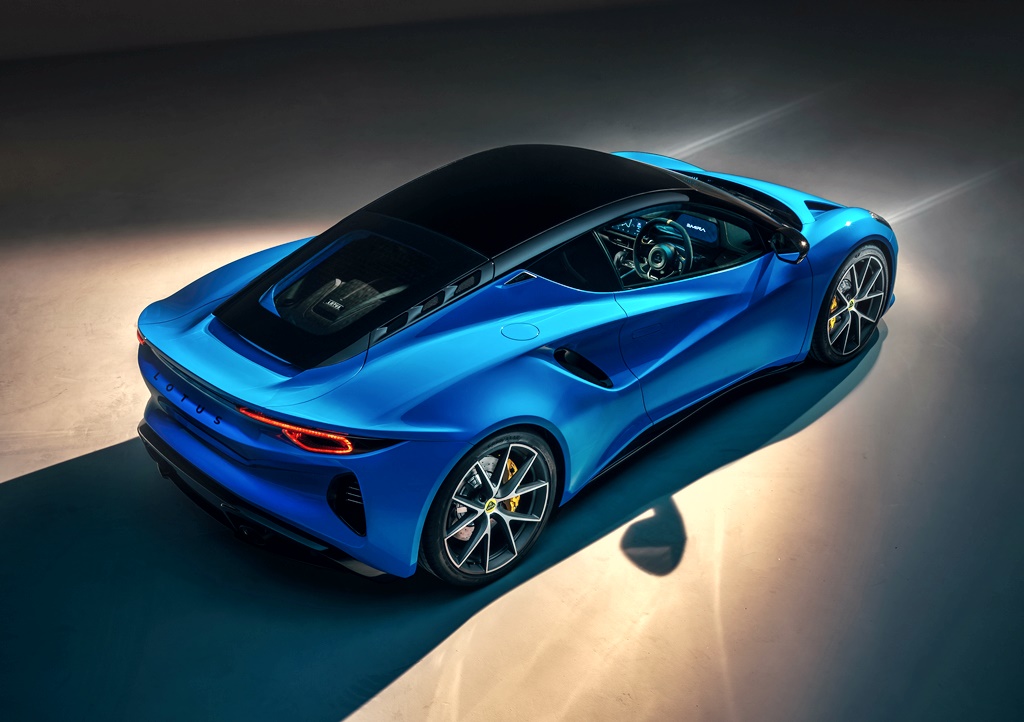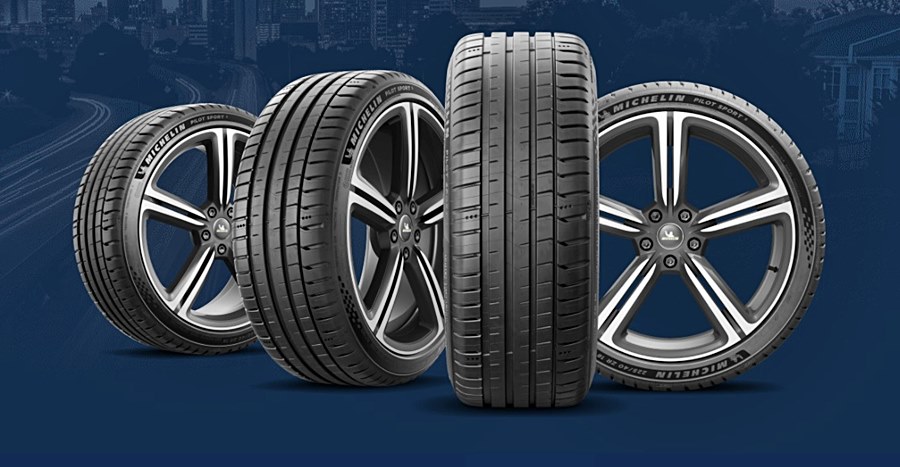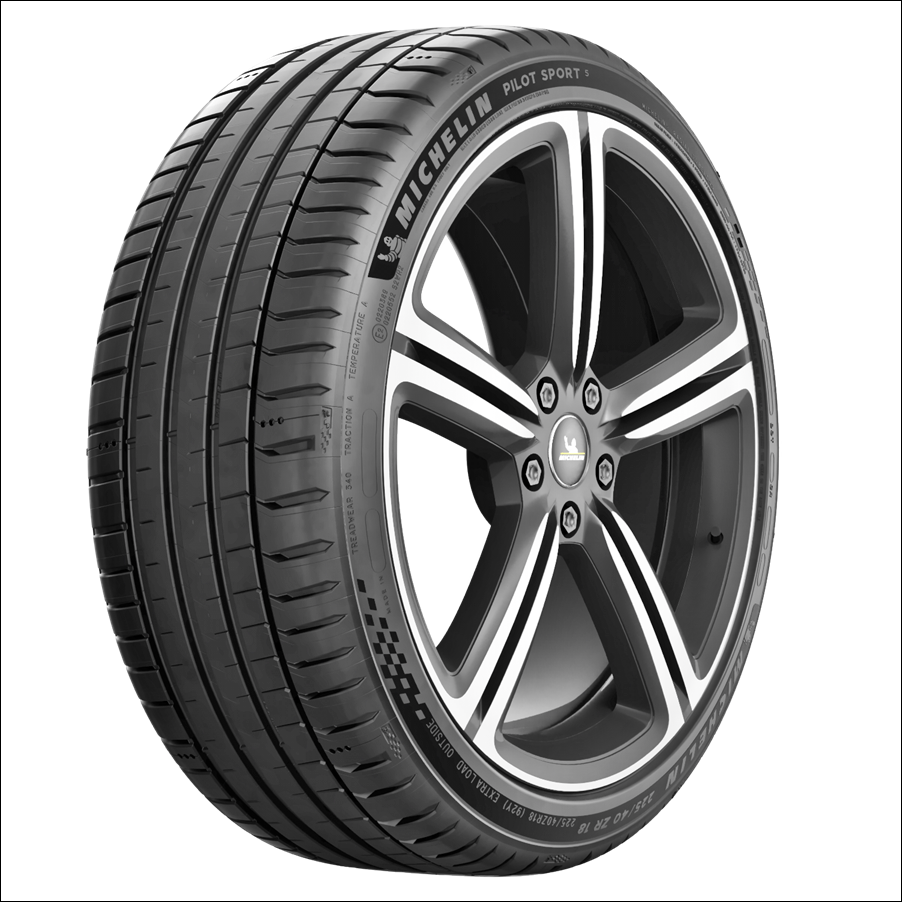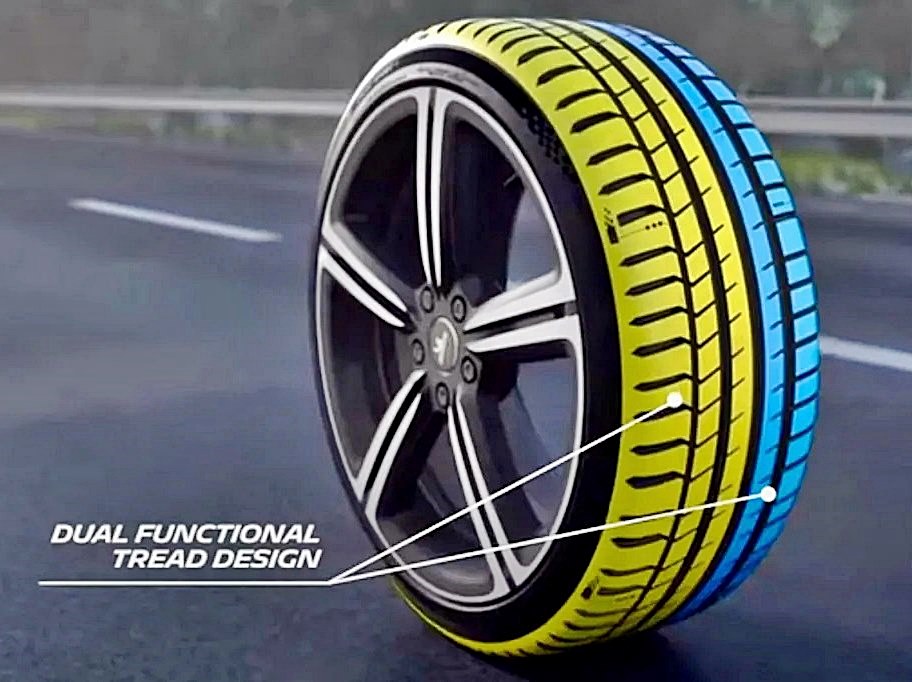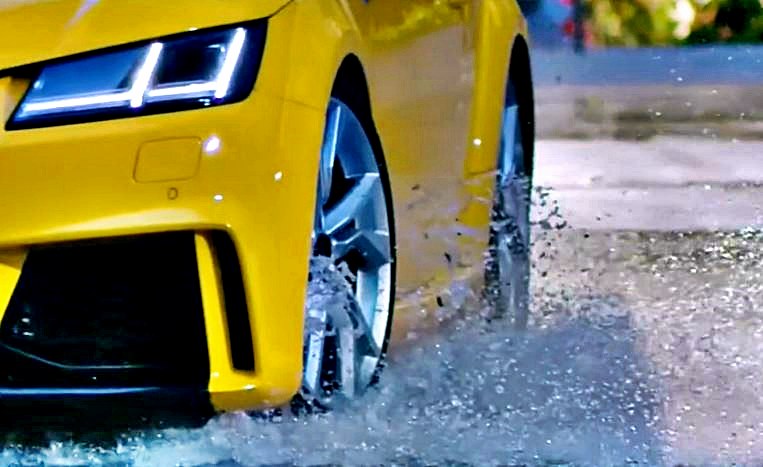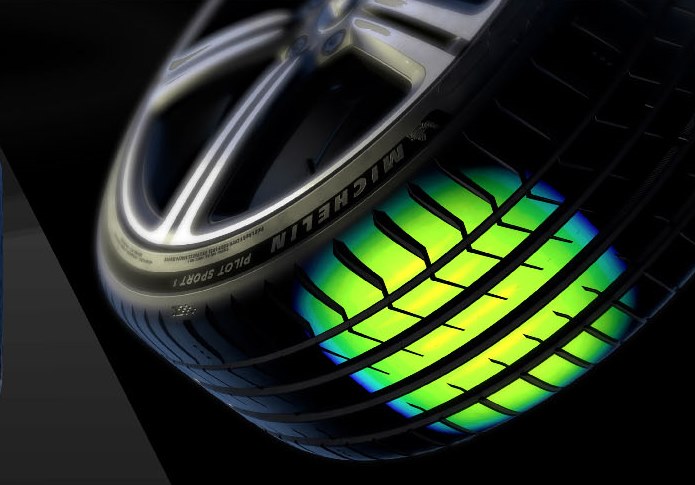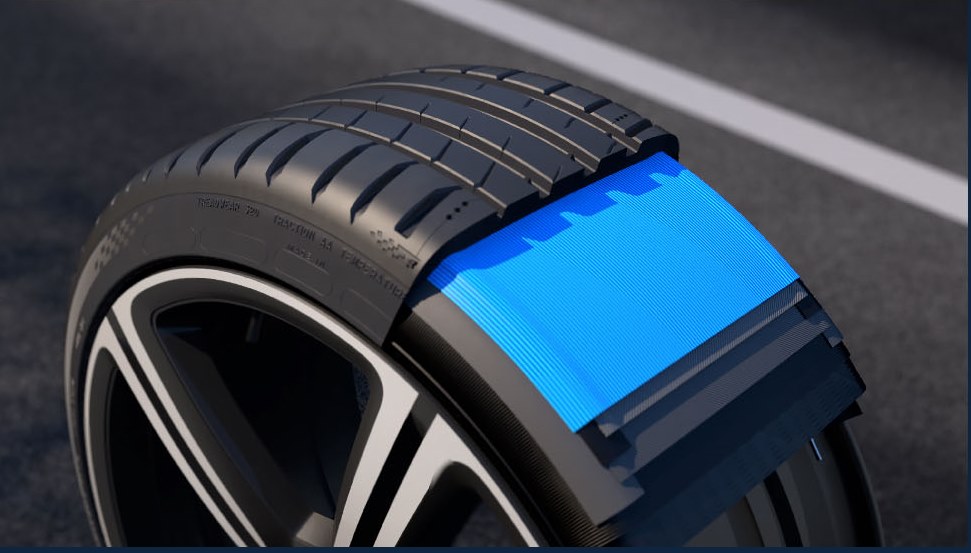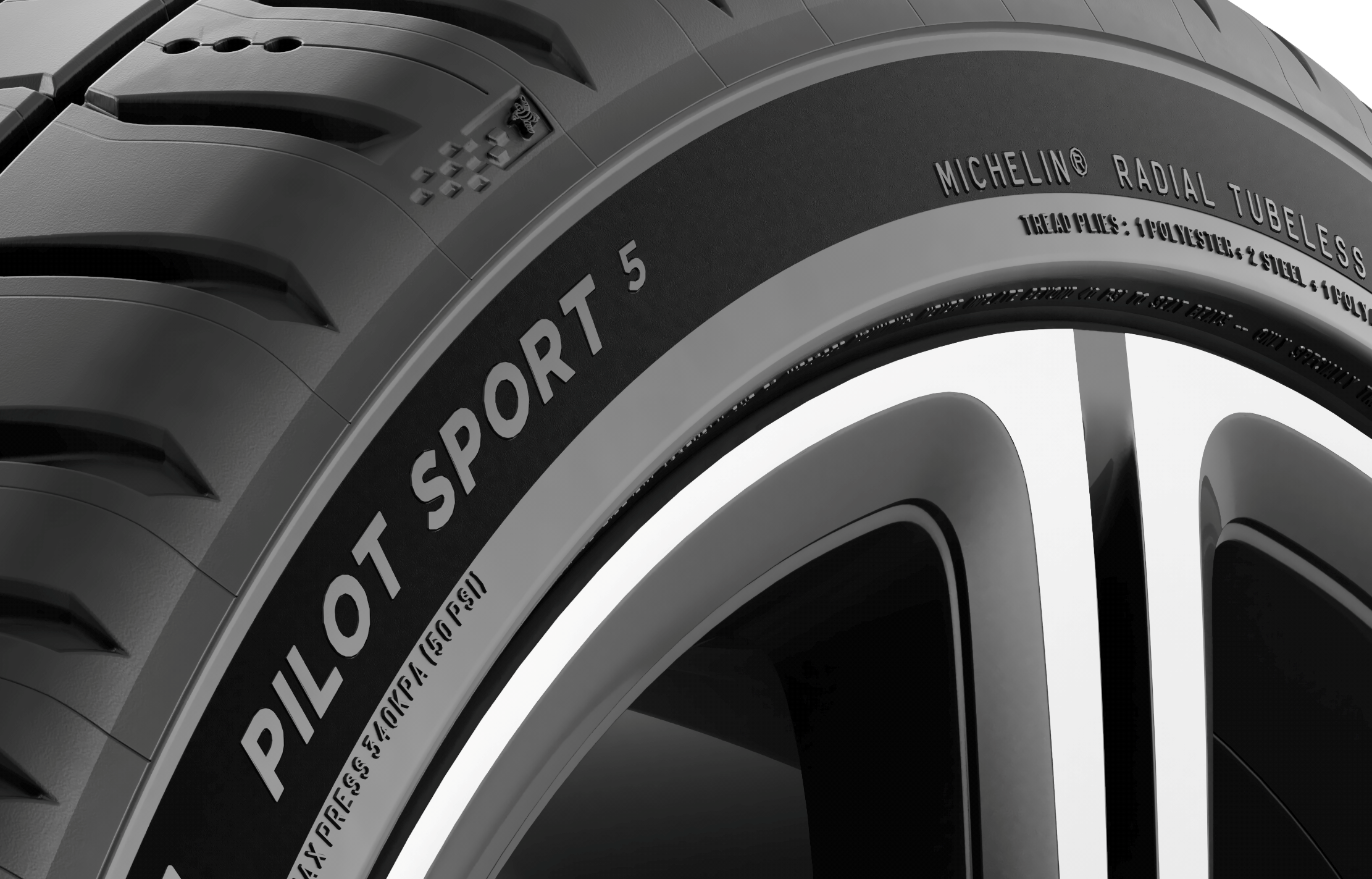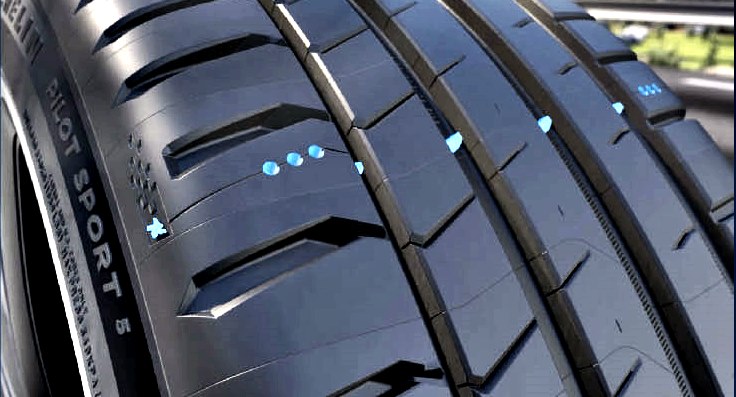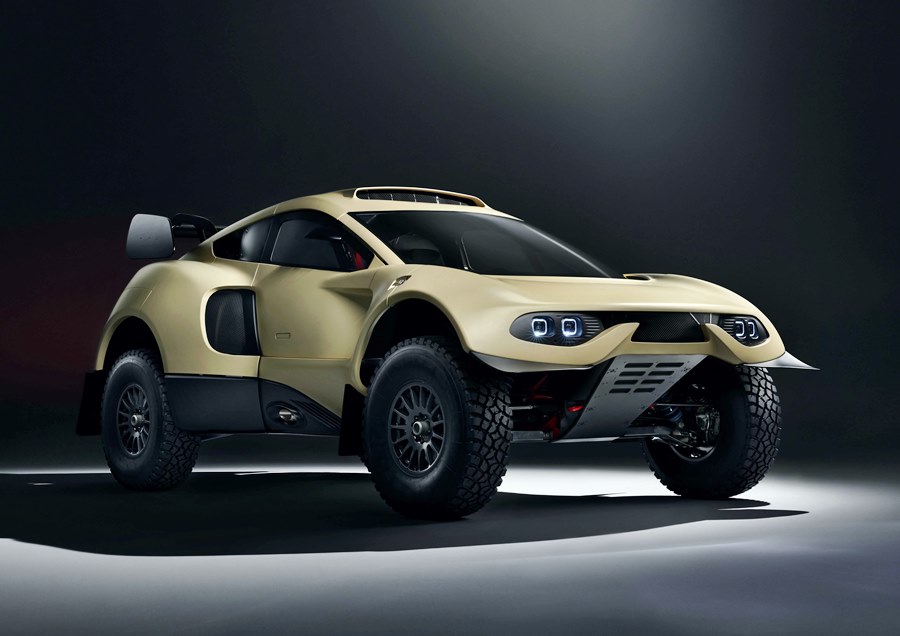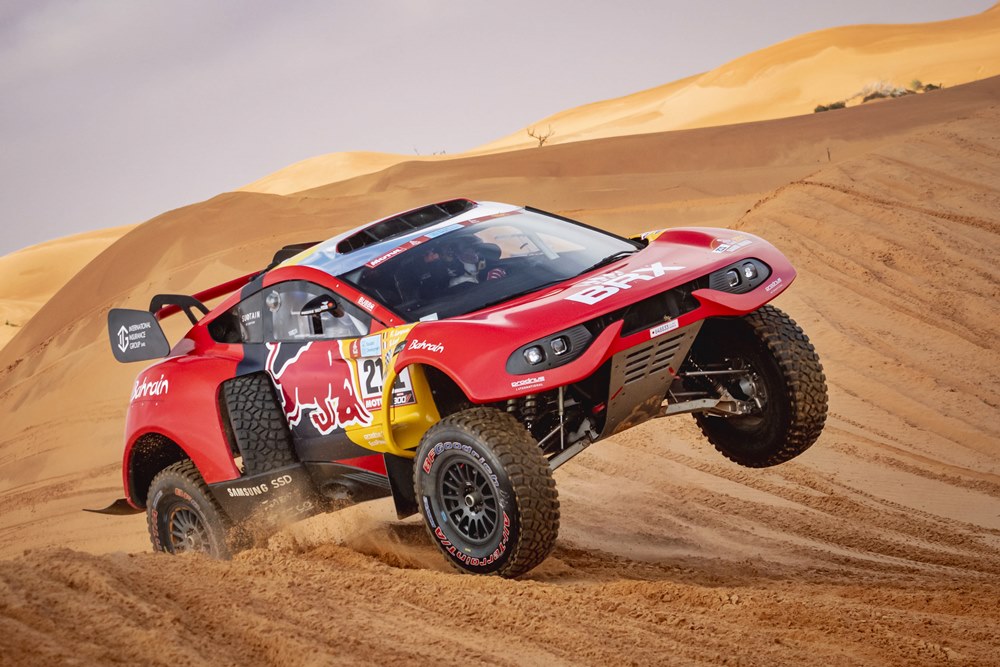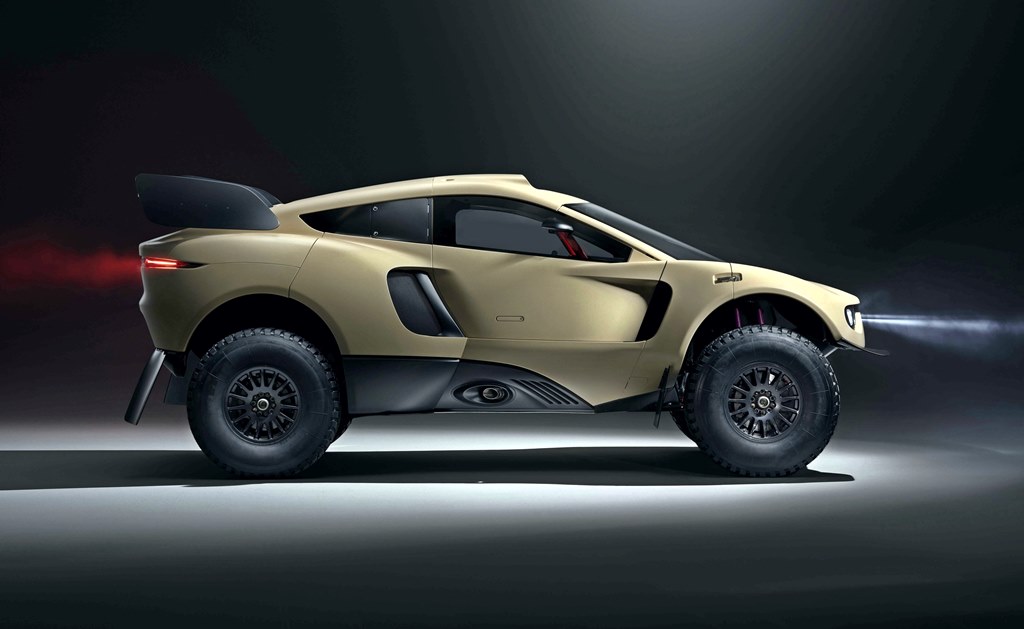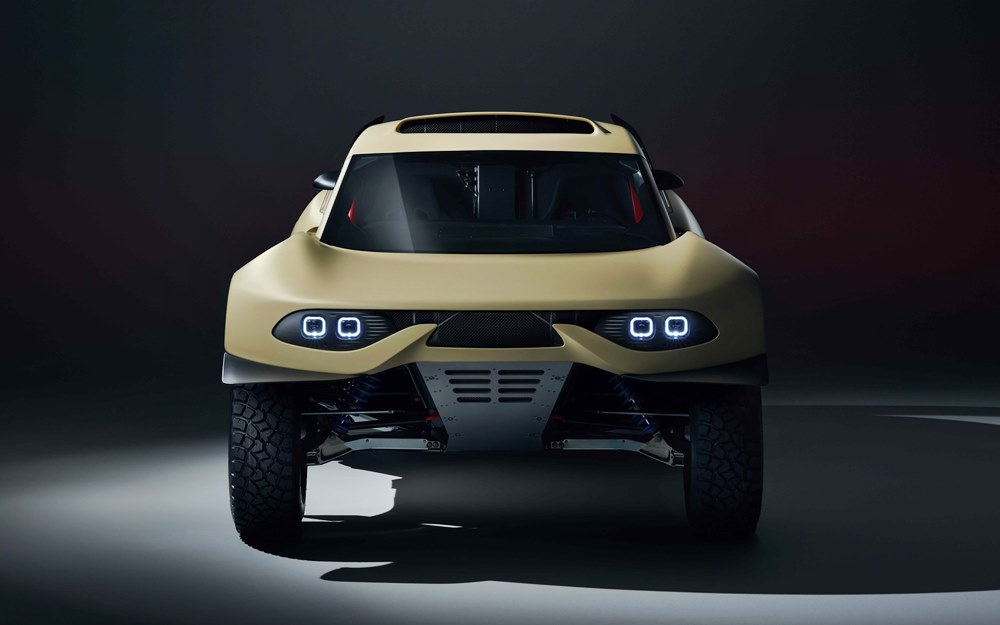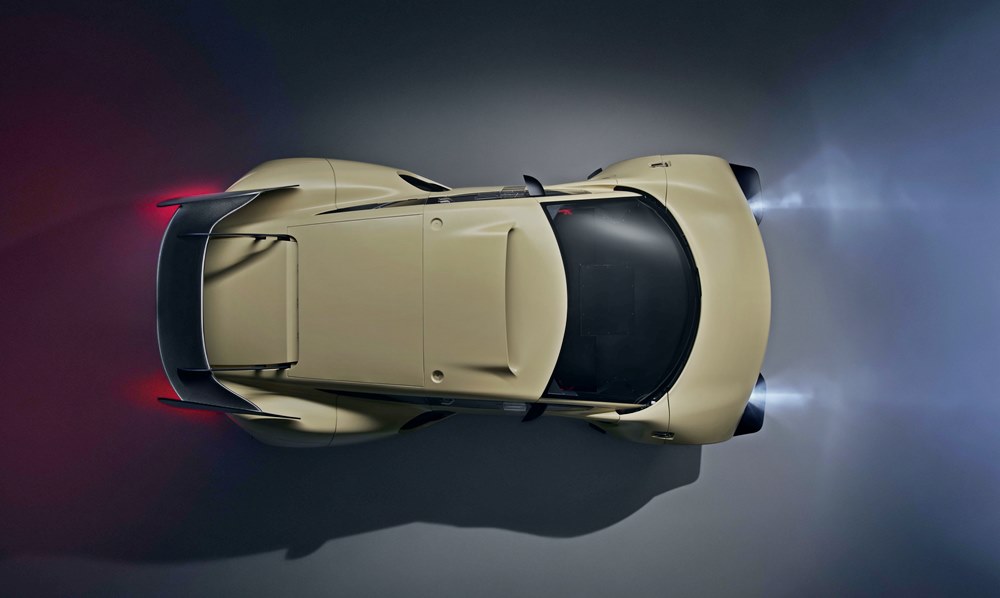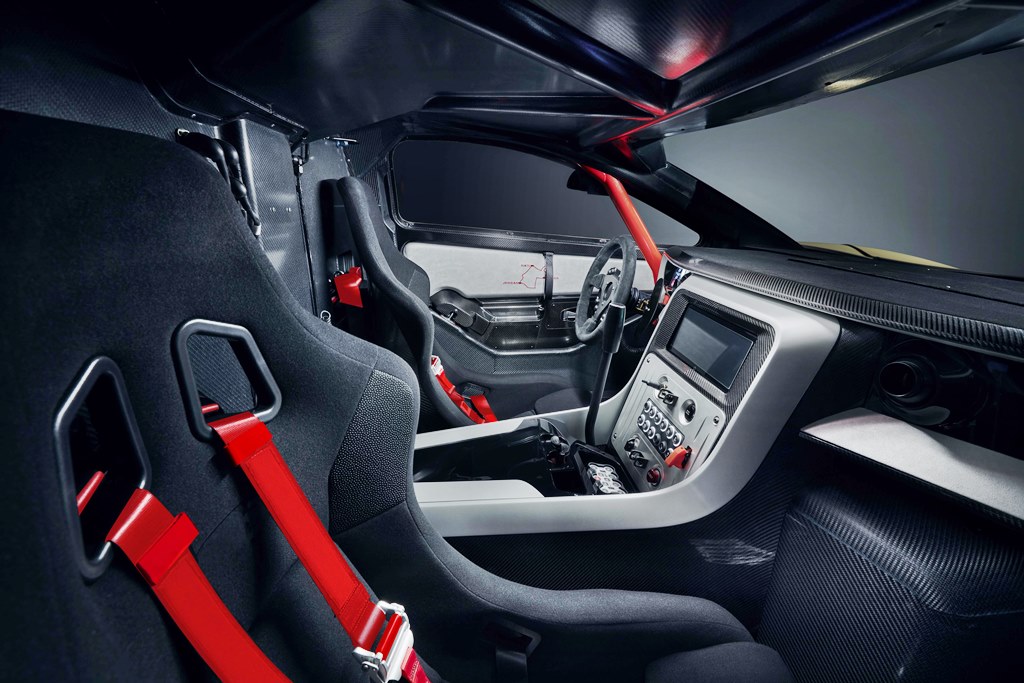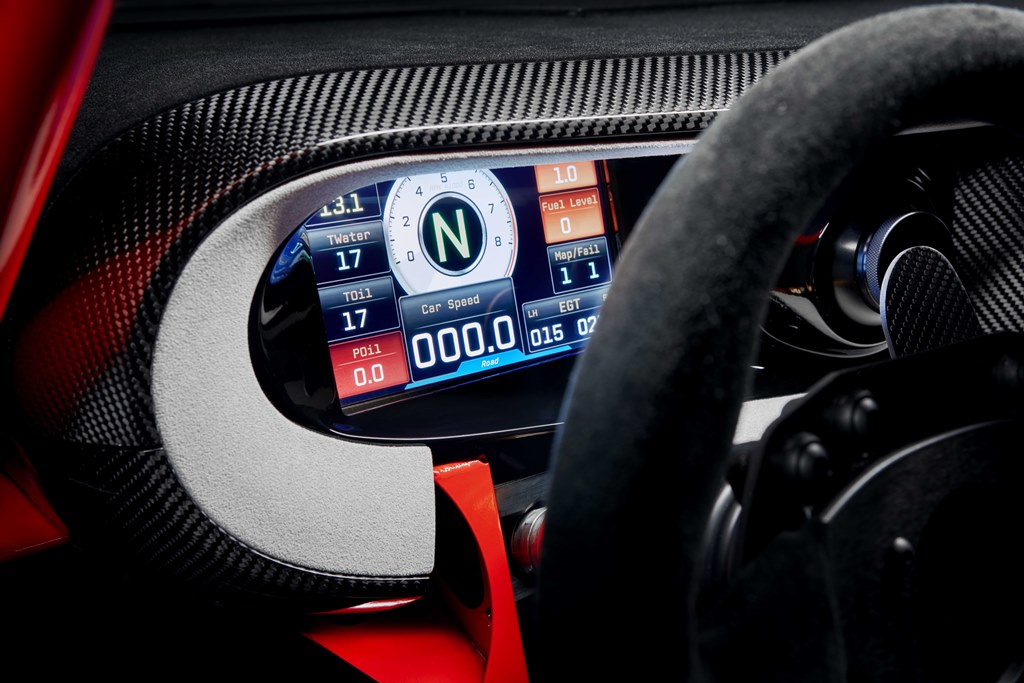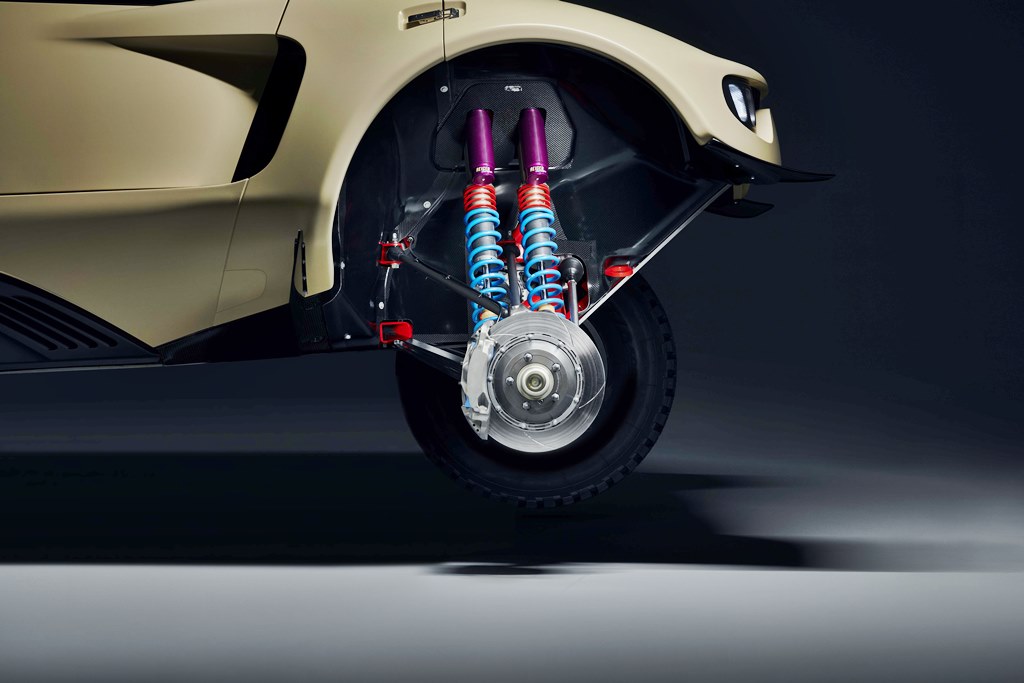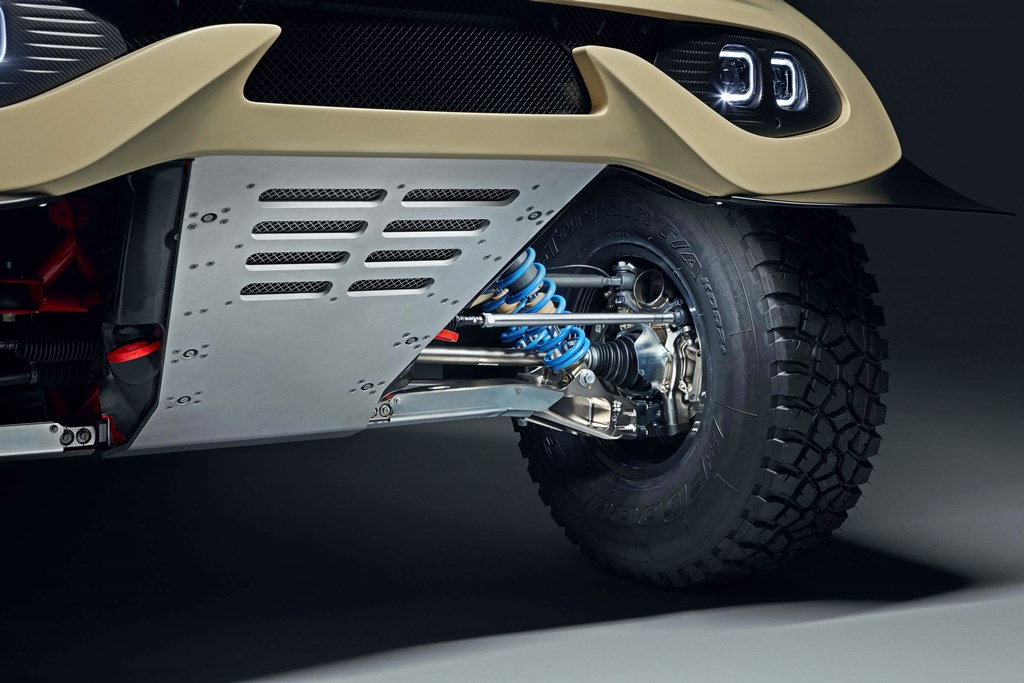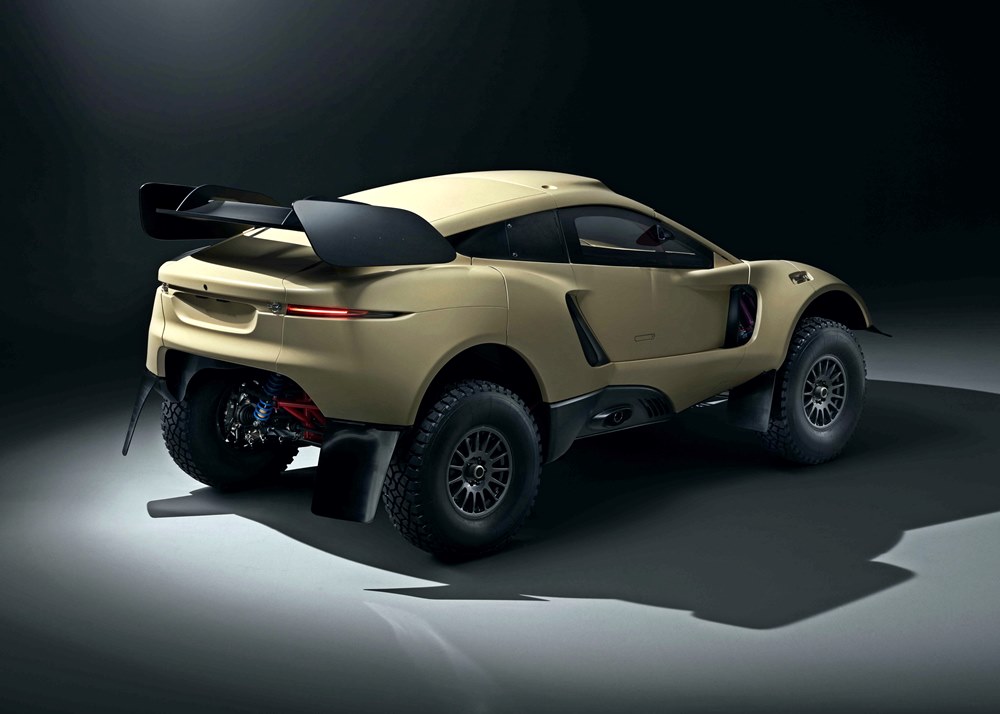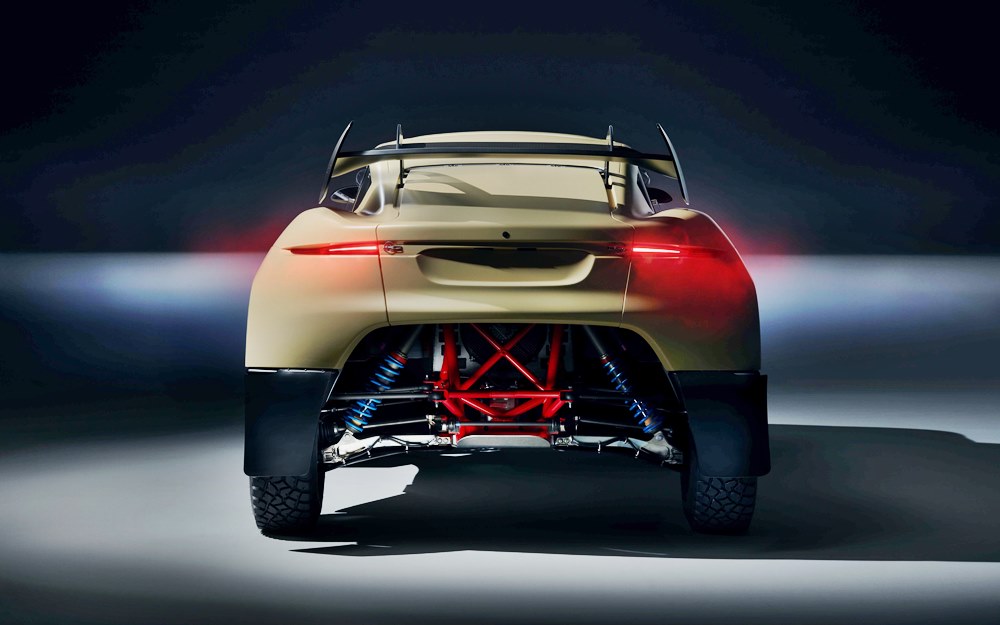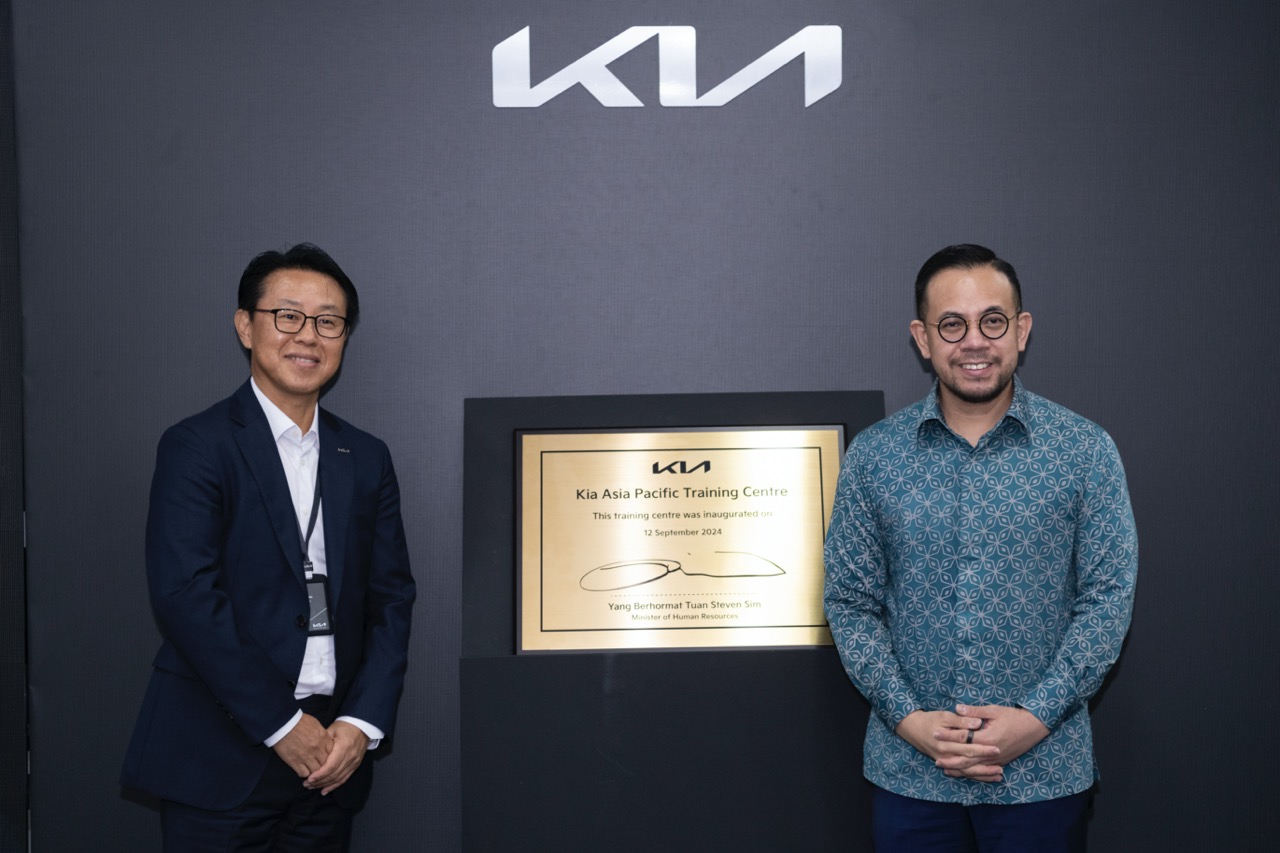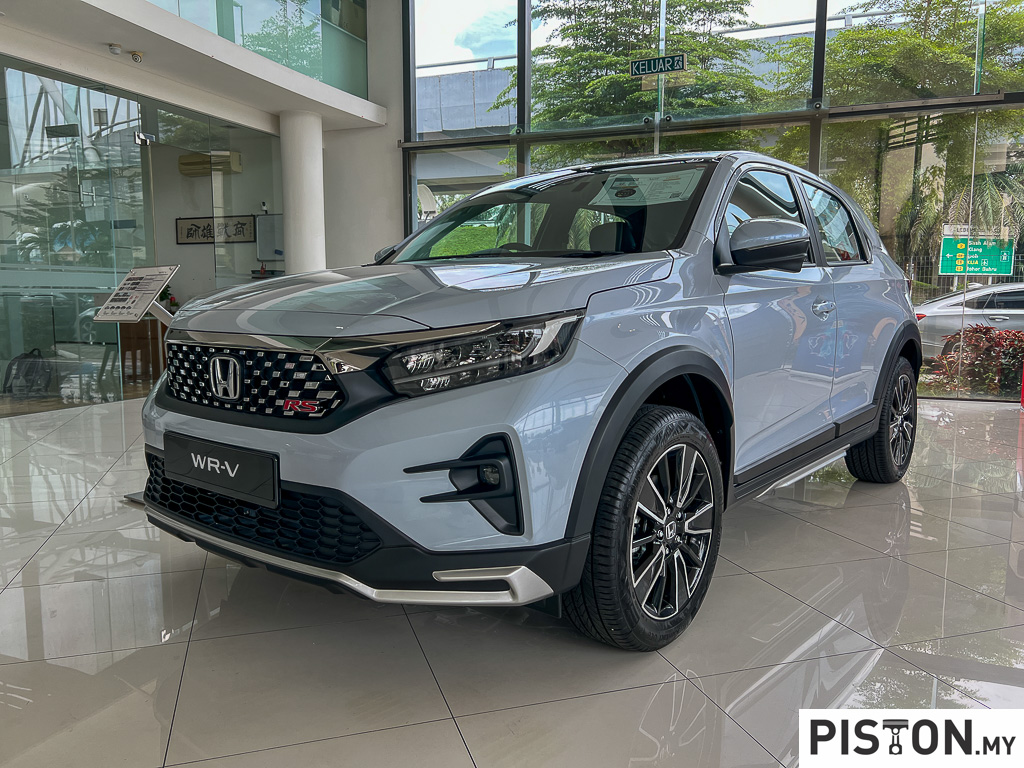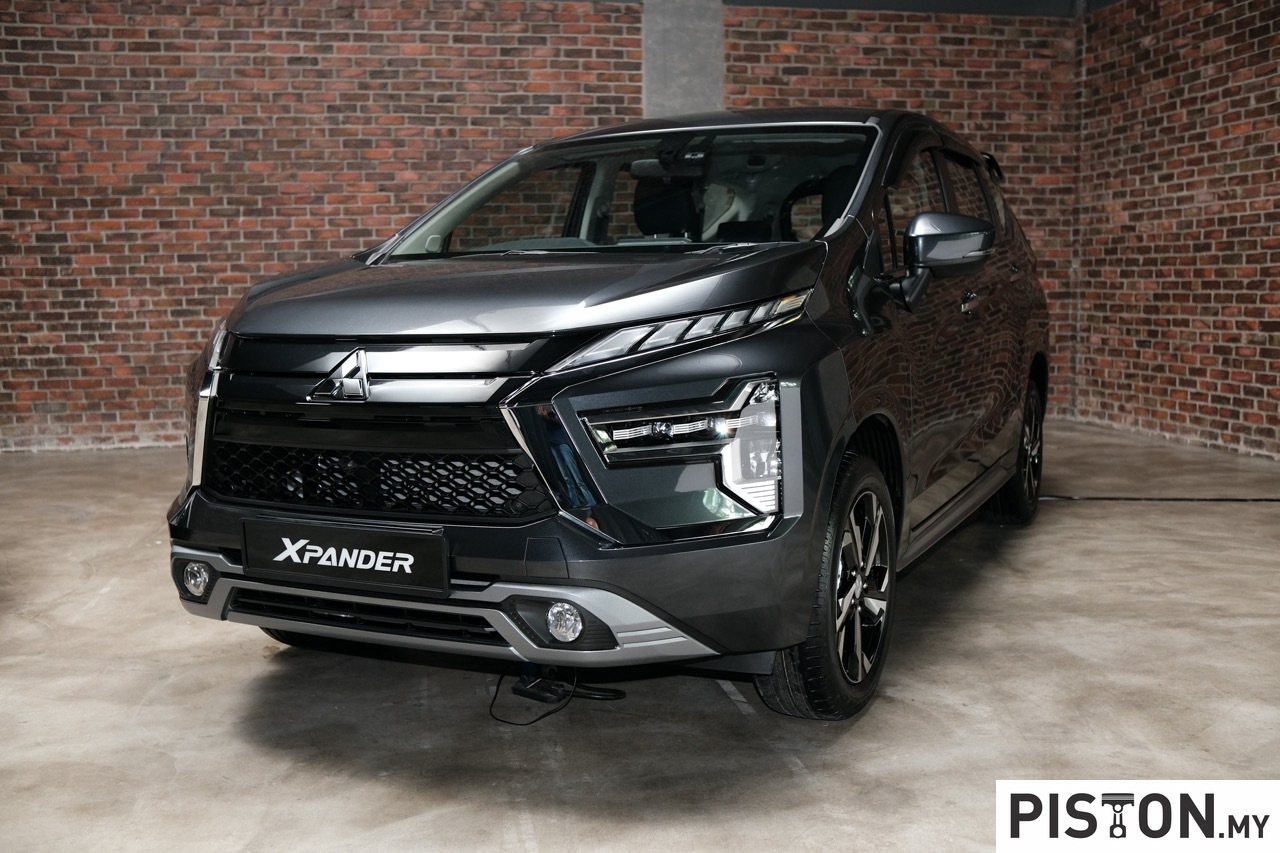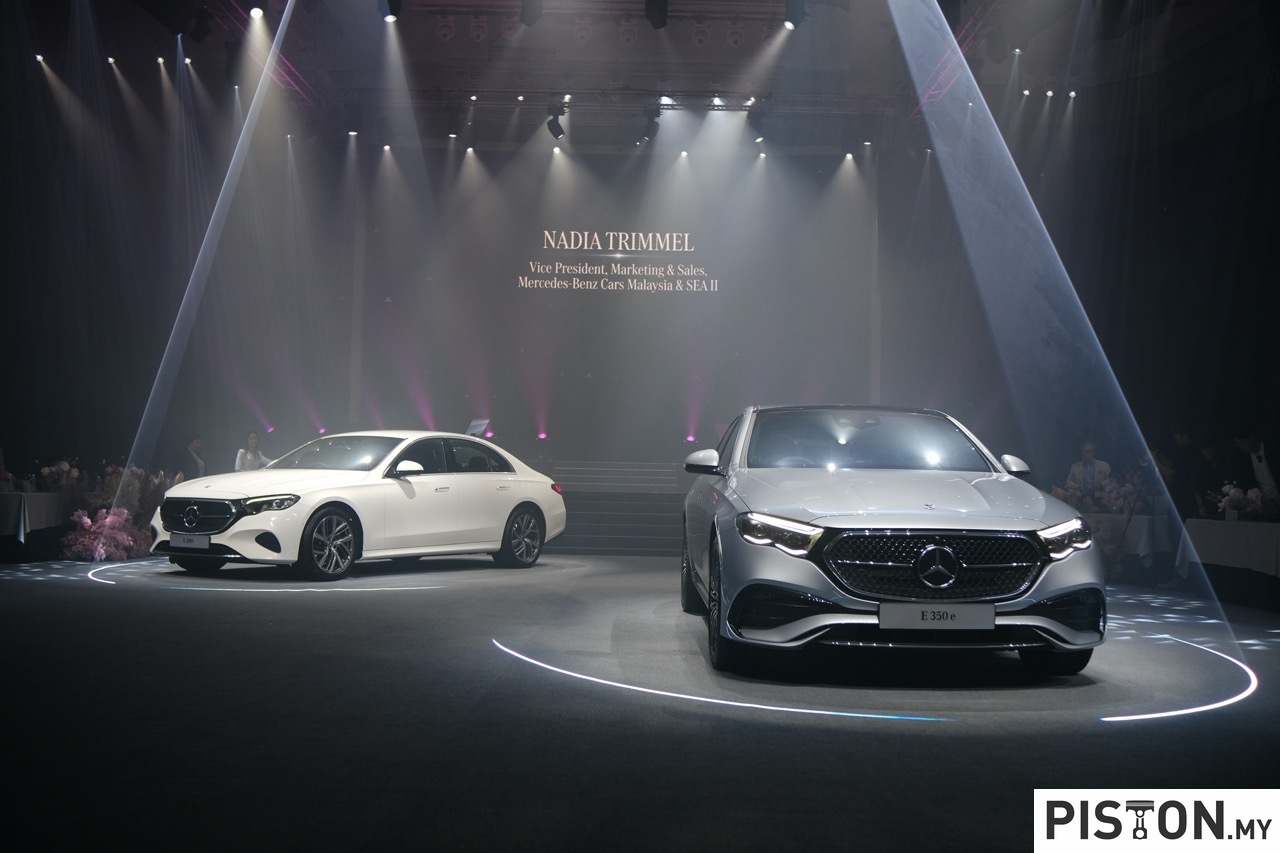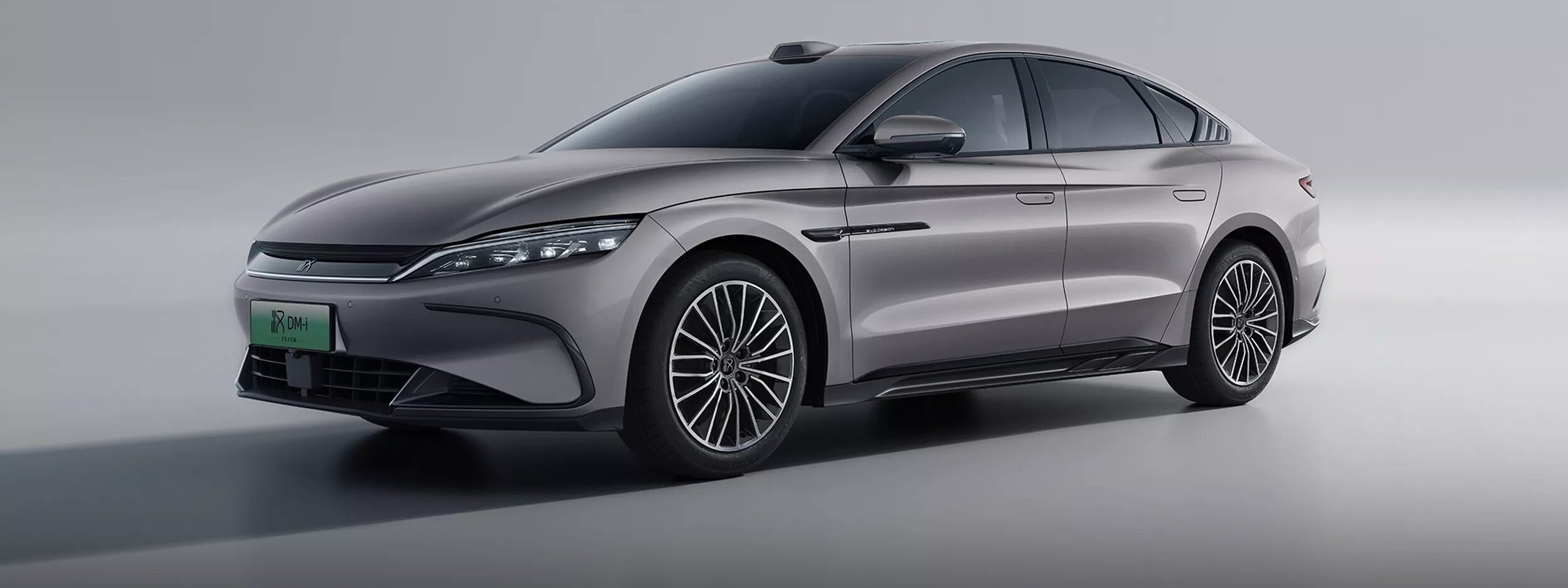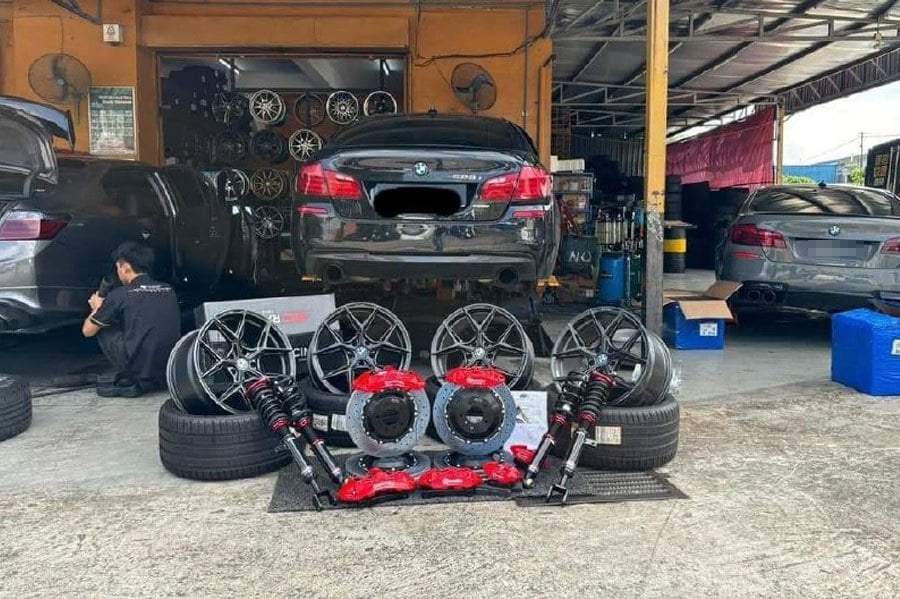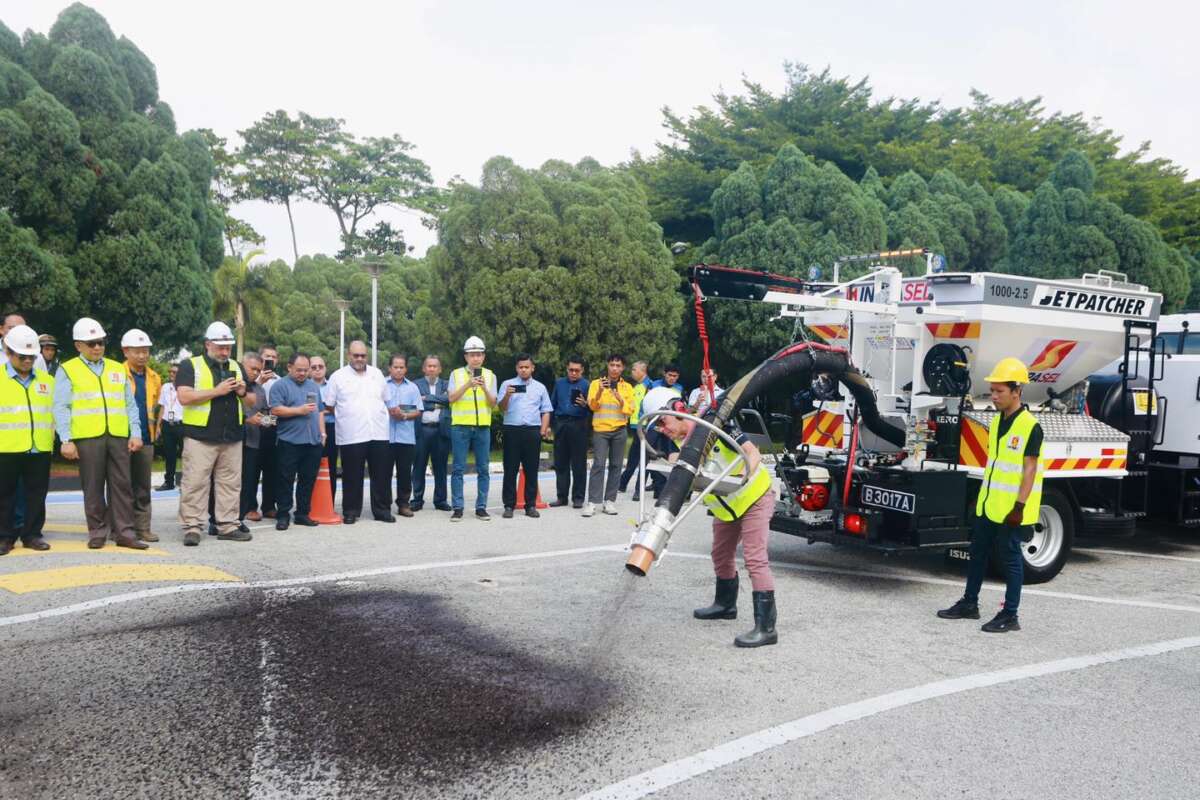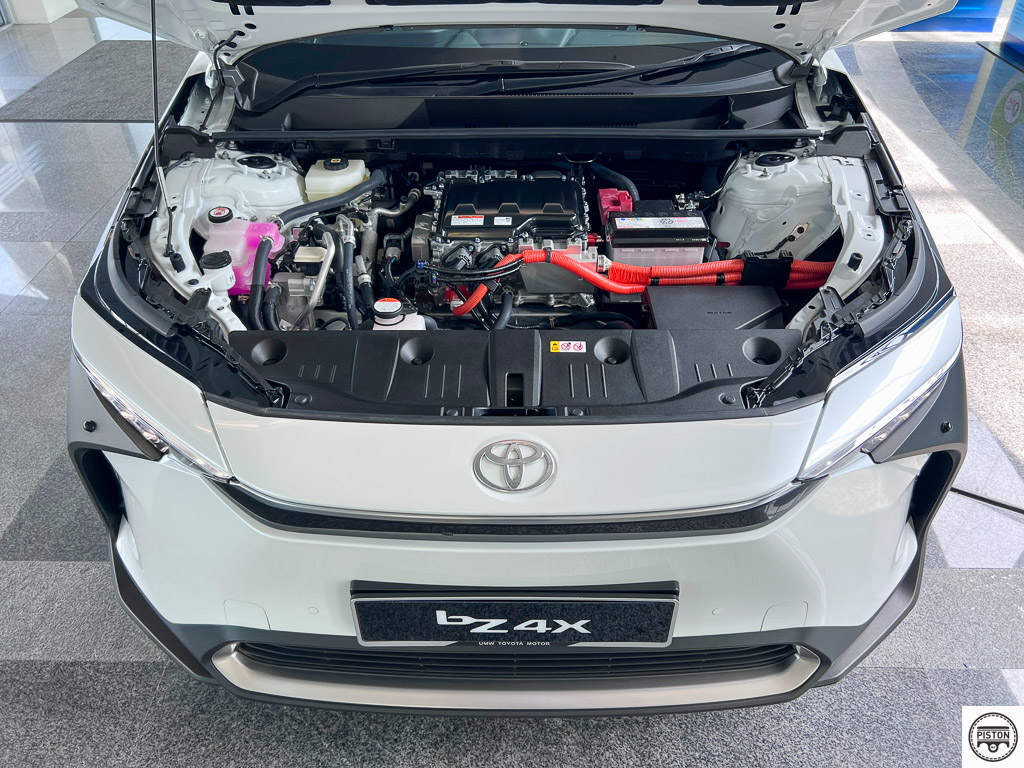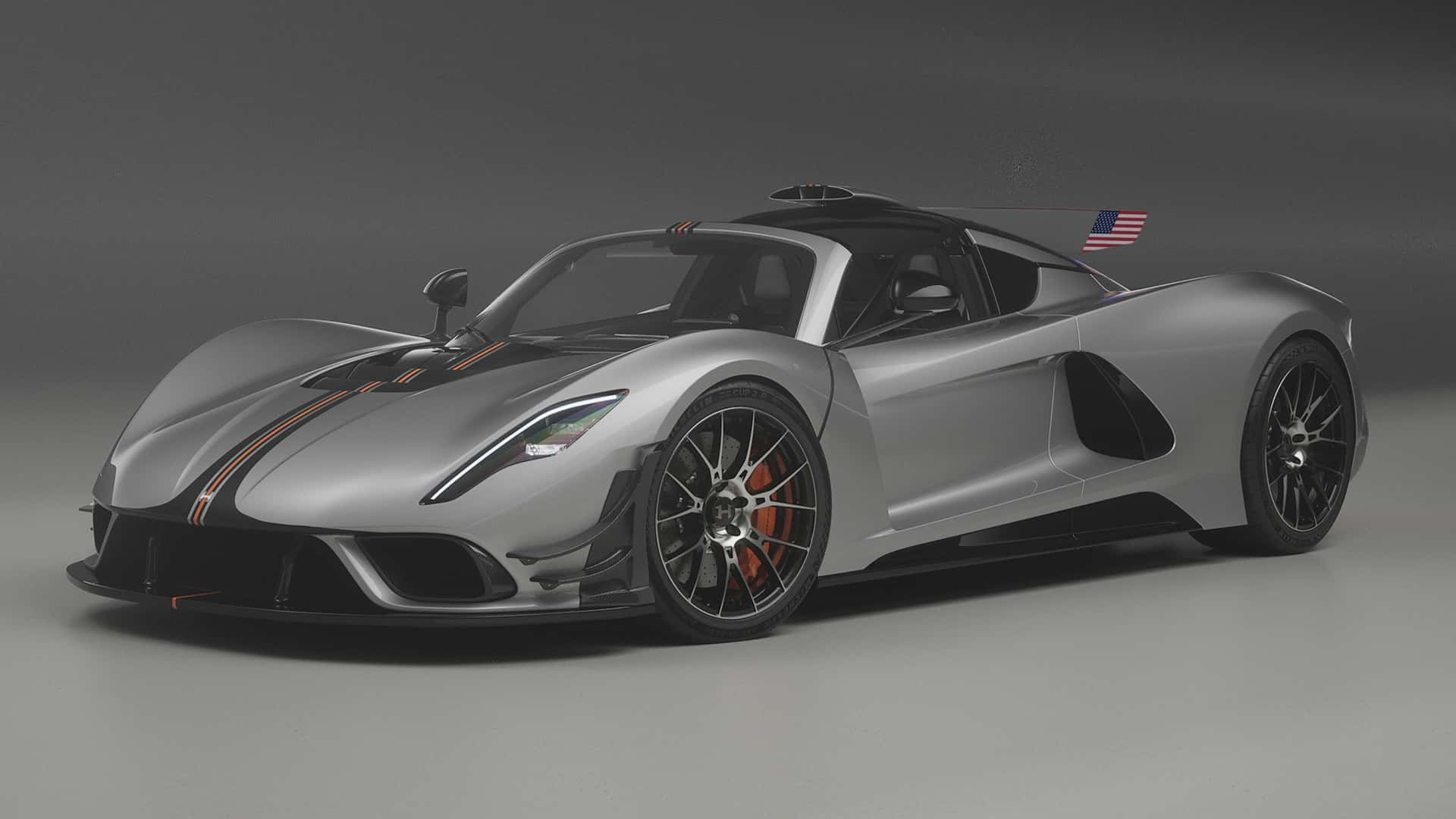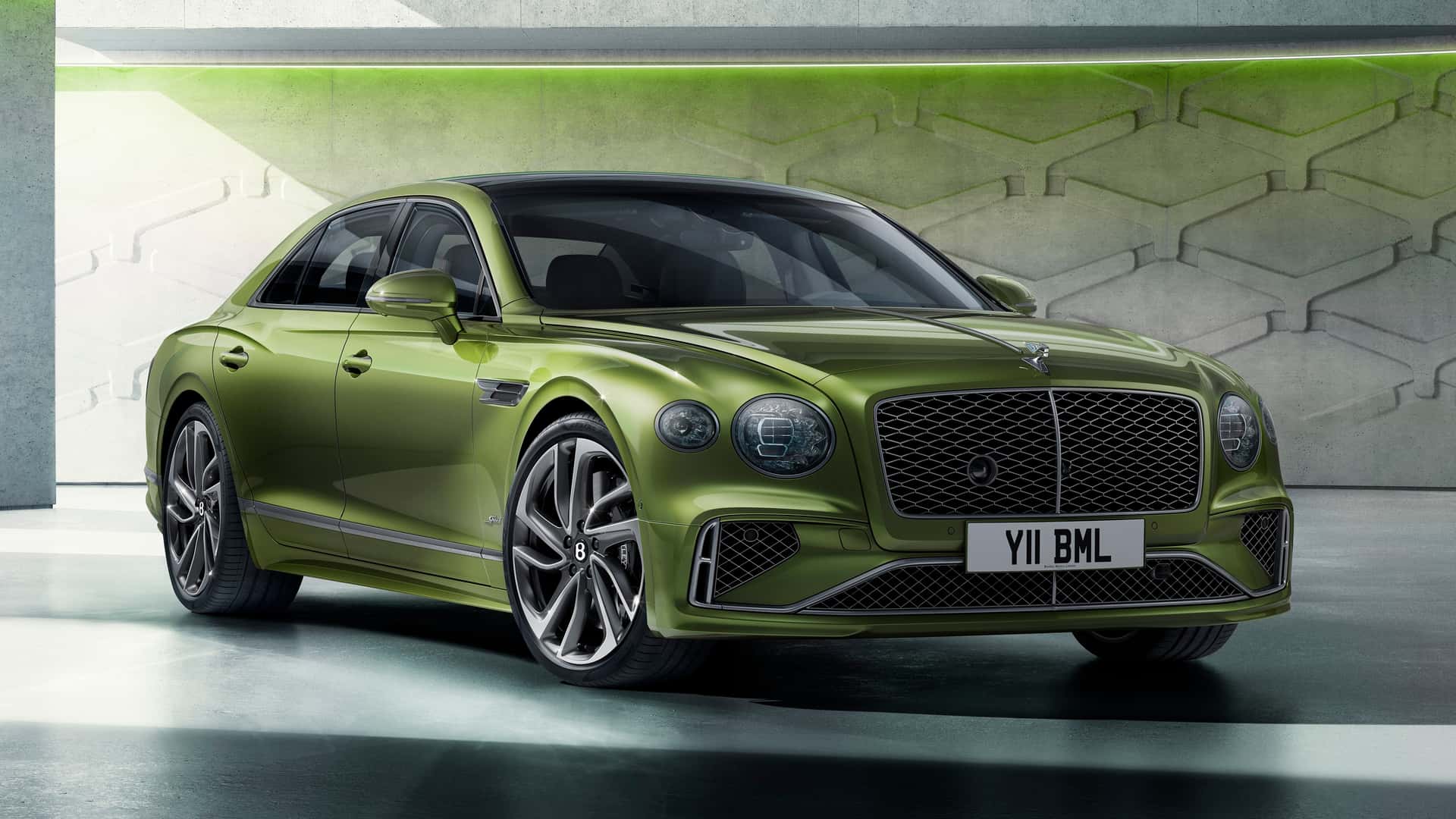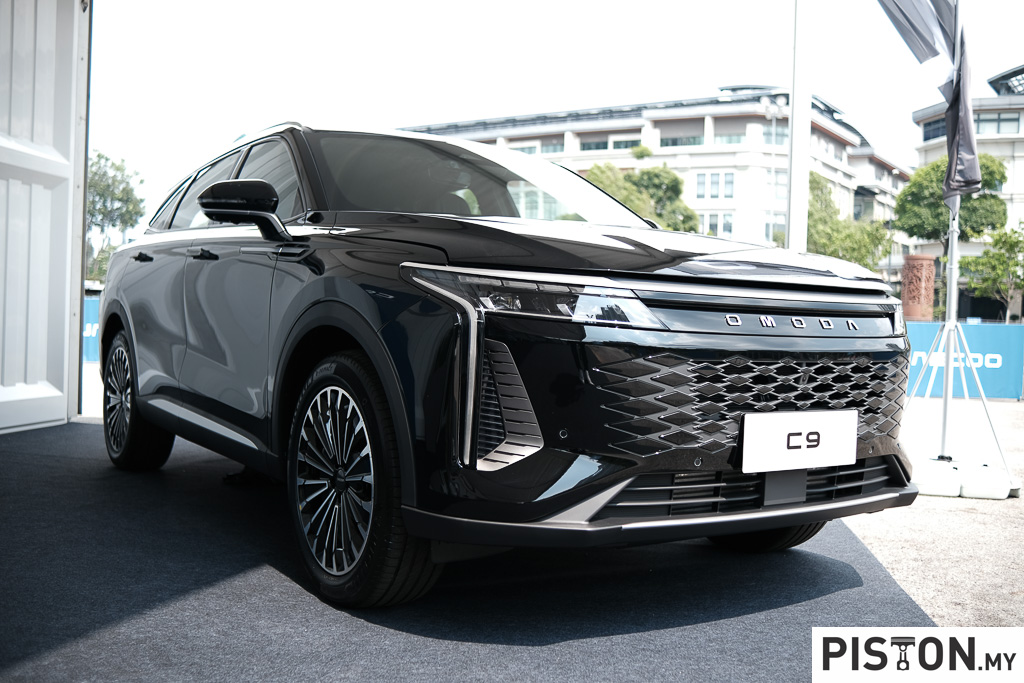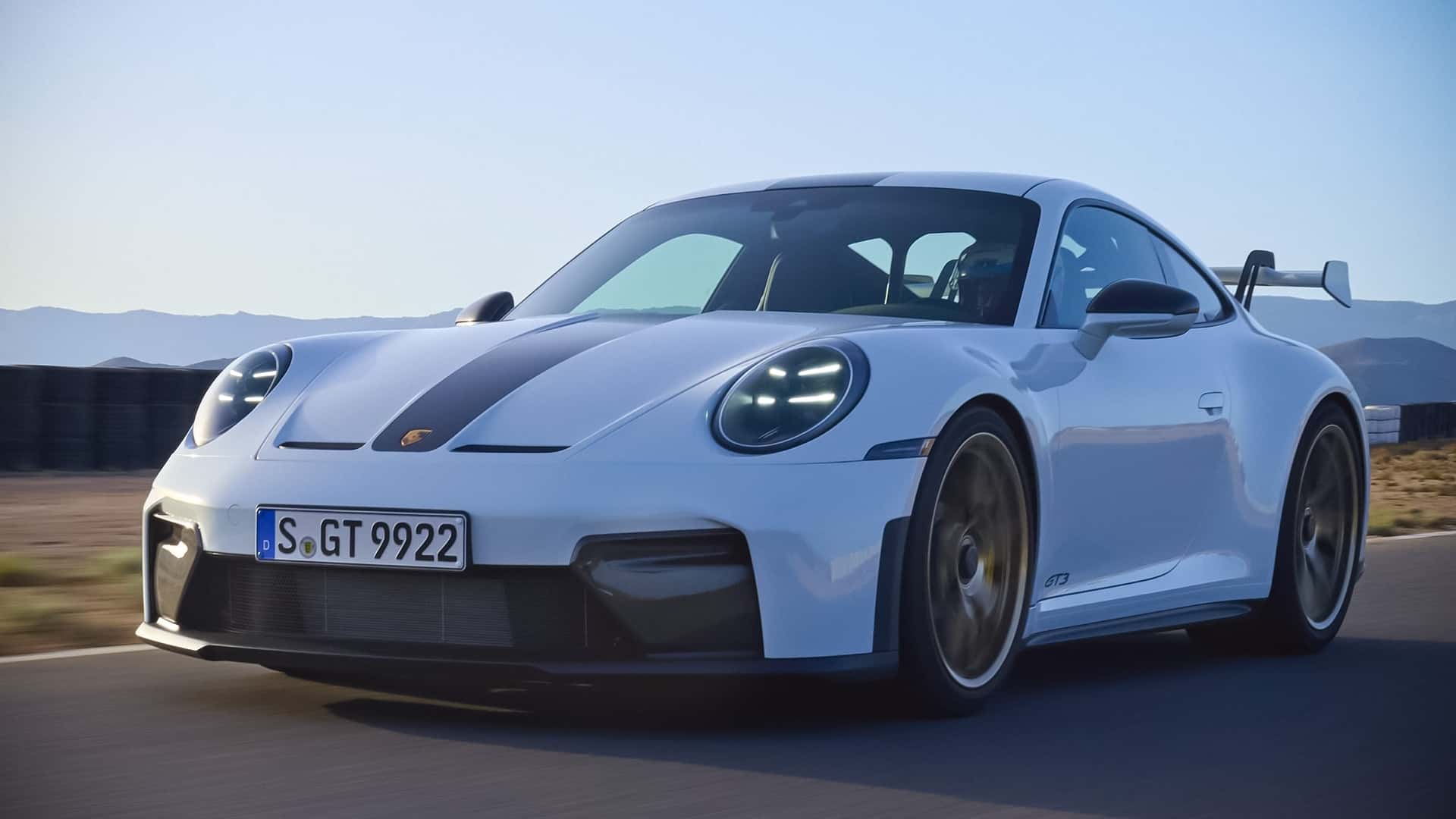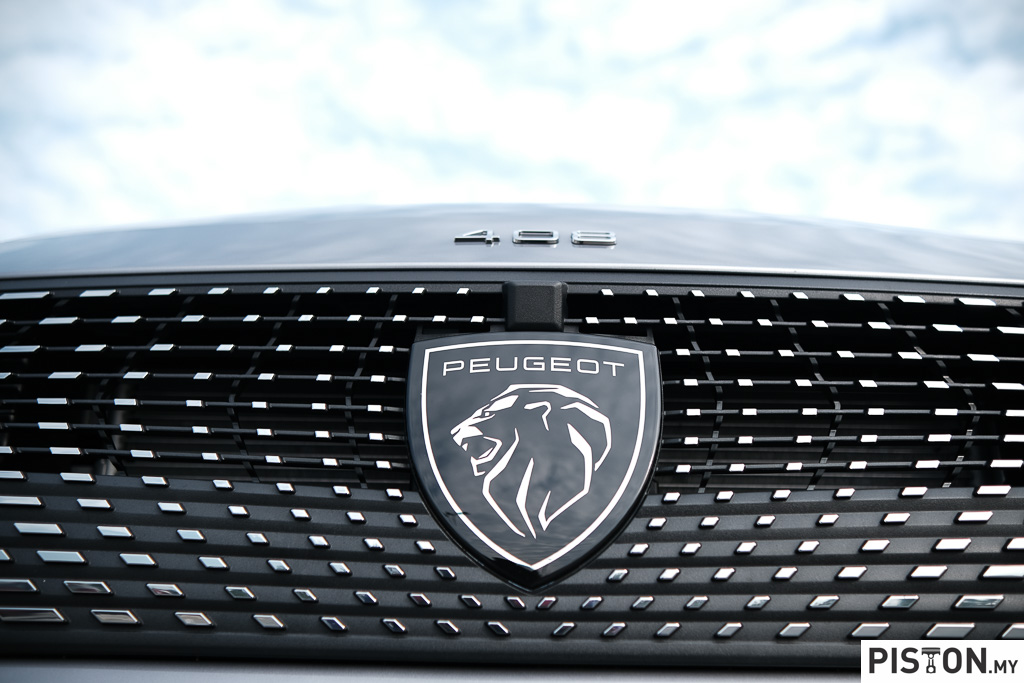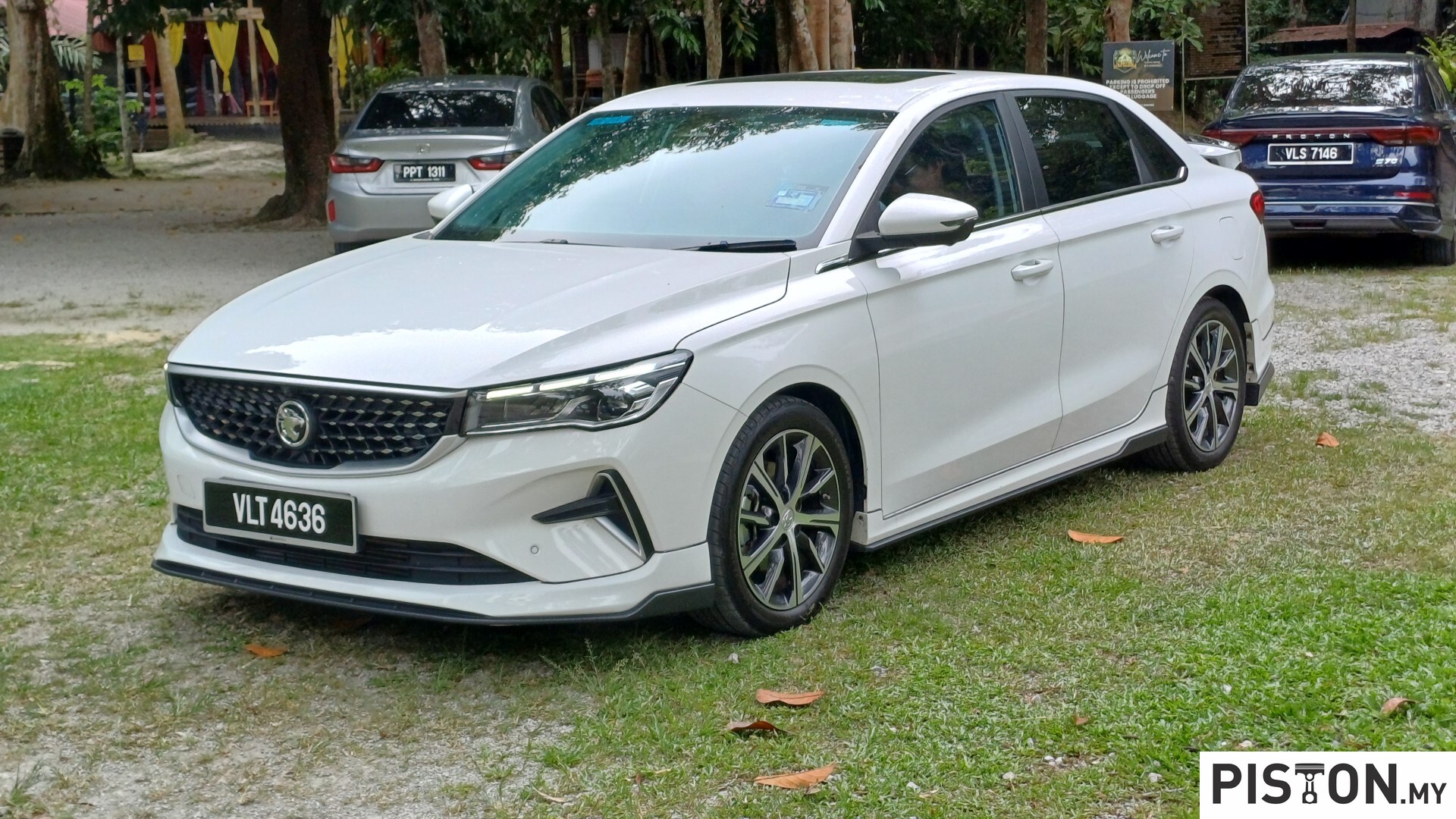Like many other carmakers, Audi too has firm plans on electrifying its range and within this decade, it will have a range of models running only on electric power. The models will come under the ‘e-tron’ umbrella which is the name Audi uses for its battery electric vehicles (BEVs). Some are already in the market, the first having been launched in 2018, and more are on the way.
Not just a design exercise
The A6 Avant e-tron concept shows what a future BEV stationwagon will be like and Audi says it is not just a simple design exercise. Its lines and proportions preview future Audi production models which Premium Platform Electric (PPE) platform developed jointly with Porsche. The lines are a consistent development in Audi’s contemporary formal language, and significant elements like the closed Singleframe and the continuous strip of lights in the rear link it to the other e-tron Audis.
The concept car appears monolithic, as if from a single mould – particularly when viewed from the side. The gently backward sloping roof arch with the slanted D-pillar is a typical feature of Avant window design; the D-pillar rises from the stable base of the vehicle’s back end in an especially streamlined manner. The eye-catching quattro wheel arches effectively accentuate the width of the body and are simultaneously integrated organically into the side surfaces.
The wheel arches are connected by the specially sculpted battery area above the rocker panel, which is highlighted with a black inlay – a design element that is now a hallmark of the Audi’s fleet of BEVs. Also typical of e-tron models are the sleek, camera-based virtual exterior mirrors at the base of the A-pillar.
Advanced lighting units
The lighting units at the front and rear are technologically advanced. Digital Matrix LED and digital OLED technology make it possible to achieve maximum brightness and a wide range of features even with a minimal surface area while, at the same time, offering customizable light signatures.
Three small, high-resolution LED projectors are built into each side of the body, transforming the ground beneath them into a stage when the doors are opened – small, extended, dynamic lighting effects greet the occupants with messages in their own language. The projectors also display warning symbols on the ground to warn a bike rider that the car door is about to open, for example.
Another four high-resolution LED projectors – inconspicuously integrated into the corners of the vehicle – generate turn signal projections. The design of these projections can be modified to address different markets and approval regions as required.
The Digital Matrix LED front headlights deliver almost cinematic quality. If, for example, the car is parked in front of a wall during a break to recharge the battery, the driver and passengers can pass the time playing a video game projected onto it. Instead of on a small screen in the cockpit, they’ll see their current game’s virtual landscapes projected onto the wall in XXL format – and all this via the Digital Matrix LED headlights.
The rear end of the concept car features a new generation of digital OLED elements that, as a continuous strip of lights, act as a display for various digital light signatures and even dynamic lighting displays. The 3-dimensional architecture of the digital OLED elements – adapted to the shape of the body – makes it possible to perfectly integrate the night design into the overall look. This makes it possible to experience the dynamic light show not only in two dimensions – as was previously the case – but with an impressive, 3D spatial effect.
Cd of 0.22
Aerodynamics have always played a key role in Audi’s designs. The cd value of the 100 (C3) sedan at 0.30 was the lowest in its day back in the early 1980s. Now the electrically-powered Avant e-tron concept has a value of 0.22, said to be unprecedented in the electrified C-segment. This means greatly lowered aerodynamic drag, which initially translates into lower energy consumption to help extend range.
As this is a concept car, performance numbers quoted can be taken as targets: 700 kms of range with an 800V system, with 2 electric motors are capable of delivering 350 kW (469 ps) of total output and 800 Nm of torque to go from 0 to 100 km/h in less than 4 seconds.
High degree of variability inside
The Avant concept has the high degree of variability that has been a hallmark of this line of models since 1977. ‘Avant’ is a term derived from avant-garde and a 1995 Audi ad slogan. Measuring almost 5 metres in length and almost 2 metres in width, the A6 Avant e-tron is certainly a large and long car. It will not only provide comfortable accommodation but also take lots of cargo, just like the other Avant models past and present.
Audi grandsphere concept shows Audi’s future electric flagship and technology




